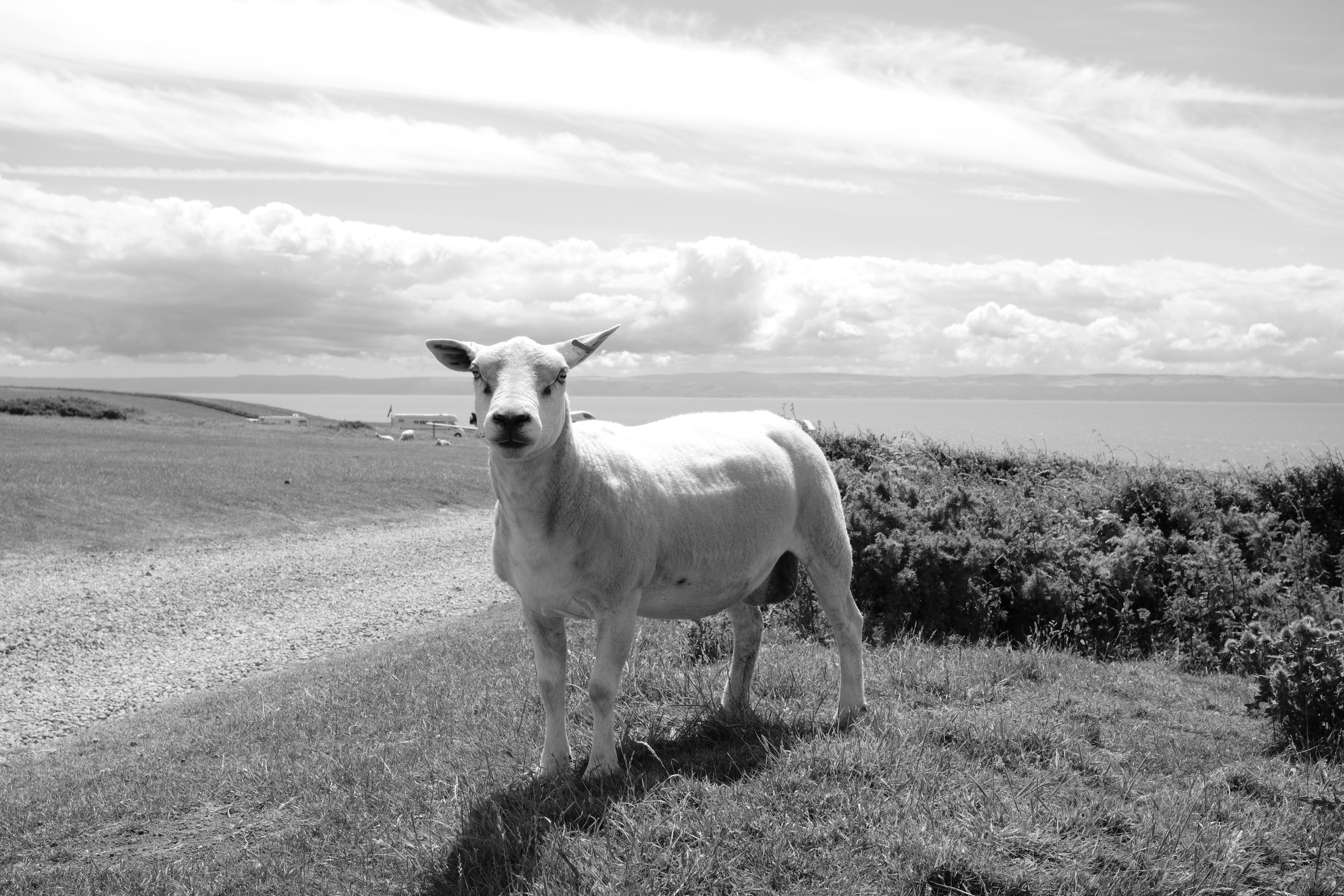Tom's Guide Verdict
The Fujifilm X-E5 is a sizable evolution of the X-E line, boasting Fuji’s stabilized 40.2MP sensor and X-Processor 5 for stunning stills, powerful autofocus and 6.2K/30p video. It packs Fuji’s typical premium build quality, great handling and tactile controls, including a new film simulation dial. The X-E5 champions the shooting experience, and as such, Fuji has fitted it with easy ways to turn off and simplify displays, plus an EVF mode that simulates the experience of using an OVF — while a little gimmicky, these prove enjoyable to use. The elephant in the room, though, is the cost: the X-E5 is double the price of the X-E4. This makes minor transgressions such as a lower-res display and weaker battery life more frustrating than they ought to be, and prevents the X-E5 scoring as highly as its siblings, the X-T50 and X-T5.
Pros
- +
40.2MP stabilized sensor for beautiful stills
- +
Latest Fuji AF and subject detection
- +
Beautiful build quality
- +
Tactile controls and great handling
- +
New film sim dial and EVF modes useful on the street
Cons
- -
Double the cost of X-E4
- -
Display lower res than X-E4
- -
Weak battery life
Why you can trust Tom's Guide
The Fujifilm X-E5 is the latest in Fuji’s X-E line of street cameras, which are essentially the interchangeable lens versions of the fixed-lens X100 line, including the Fujifilm X100VI. Compact and lightweight, X-E cameras are designed for street and documentary style photography. Capable yet stripped-back, they’re also intended to be fun, and to provide a classic, tactile shooting experience.
The X-E5’s predecessor, the Fujifilm X-E4, embodied that multi-faceted ethos perfectly, as did its predecessors the X-E3 and X-E2, so the X-E5 has some big ancestral shoes to fill.
And it does fill them... and then some. Fuji has thrown the kitchen sink at this camera, fitting it with the same 40.2MP sensor, X-Processor 5 and 5-axis IBIS system as the Fujifilm X-T5 and X100VI. In predictable fashion, Fuji has also gone and thrown in a couple of extra dials for good measure, plus a smattering of ‘purist’-oriented features. All in an effort to justify the elephant in the room: a list price double that of its predecessor.
So, is it worth it? Could this be one of the best mirrorless cameras for street photography? Find out in my full Fujifilm X-E5 review.
Editor's note: the X-E5 is currently on pre-order at Fujifilm with sales starting in August 2025.
Fujifilm X-E5 review: Specs
Sensor | 40.2MP APS-C X-Trans CMOS 5 |
Processor | X-Processor 5 |
Stabilization | 5-axis IBIS, up to 7 stops |
AF System | Intelligent Hybrid AF |
Viewfinder | 0.39-inch OLED EVF, approx. 2.36 million dots |
Display | Tilt-Type LCD touchscreen, approx. 1.04 million dots |
ISO range | ISO125-51,200 |
Max video resolution | 6.2K @ 30p |
Ports | USB-C; Micro-HDMI; 3.5mm mic; 1x SD/SDHC/SDXC UHS-II |
Wireless connectivity | Wi-Fi; Bluetooth |
Max shooting speed | 8fps mechanical; 20fps electronic |
Battery life (CIPA) | 310 shots |
Size | 4.9 x 2.8 x 1.5 inches |
Weight | 15.6 ounces |
Fujifilm X-E5 review: Price & availability
You ought to sit down for this. The Fujifilm X-E5 costs $1,699 body-only, a frankly sickening price given a) the $849 list price of its predecessor; b) that the range-topping X-T5 also costs $1,699; and c) that while the X-E5 builds upon its predecessor in many ways, it’s actually a backwards step in certain areas, such as display resolution and battery life.
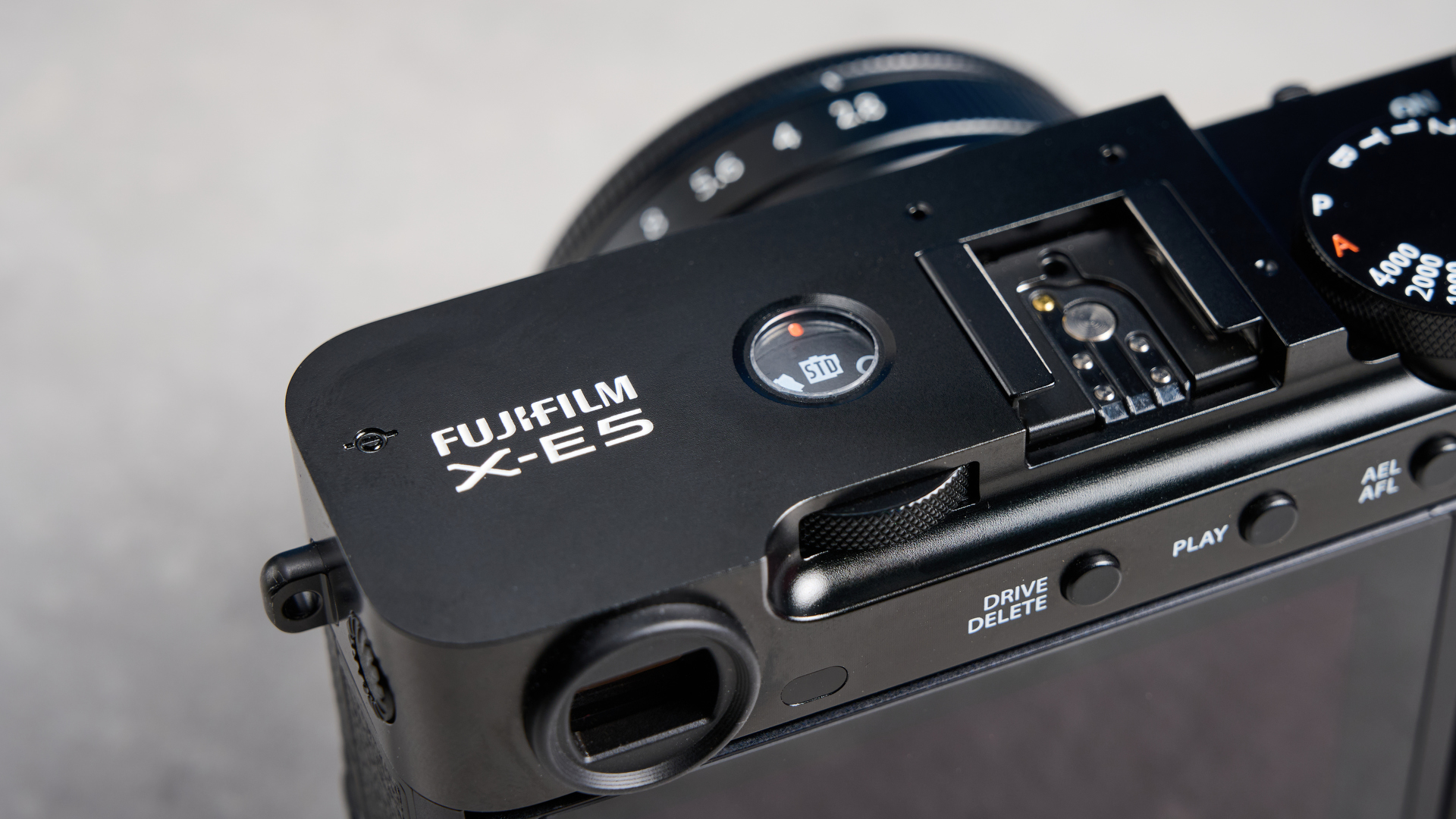
Tariffs or no, I simply cannot fathom how $1,699 is a fair price for this camera. But the very least Fuji could’ve done while gouging us all was to improve the X-E4 in every single way.
Now, while I can’t justify it, that isn’t to say I’m clueless as to why this camera is so expensive. I wasn’t born yesterday. Fujifilm understands that its brand is currently at a zenith of popularity. Just like the X100VI, Fuji knows the X-E5 will sell no matter how much it charges, particularly if supply is short.
Get instant access to breaking news, the hottest reviews, great deals and helpful tips.
Profiteering, or simply capitalizing on market demand? There’s a very thin line between the two, especially if Fuji deliberately limits supply to inflate demand once the camera goes on sale in August 2025. I’ll leave you to decide which you think is at play, but you can probably guess my opinion.
In the U.K., the X-E5 costs £1,299 body-only. Not quite as sharp a gut punch as the U.S. pricing, but nevertheless a £500 premium over the X-E4.
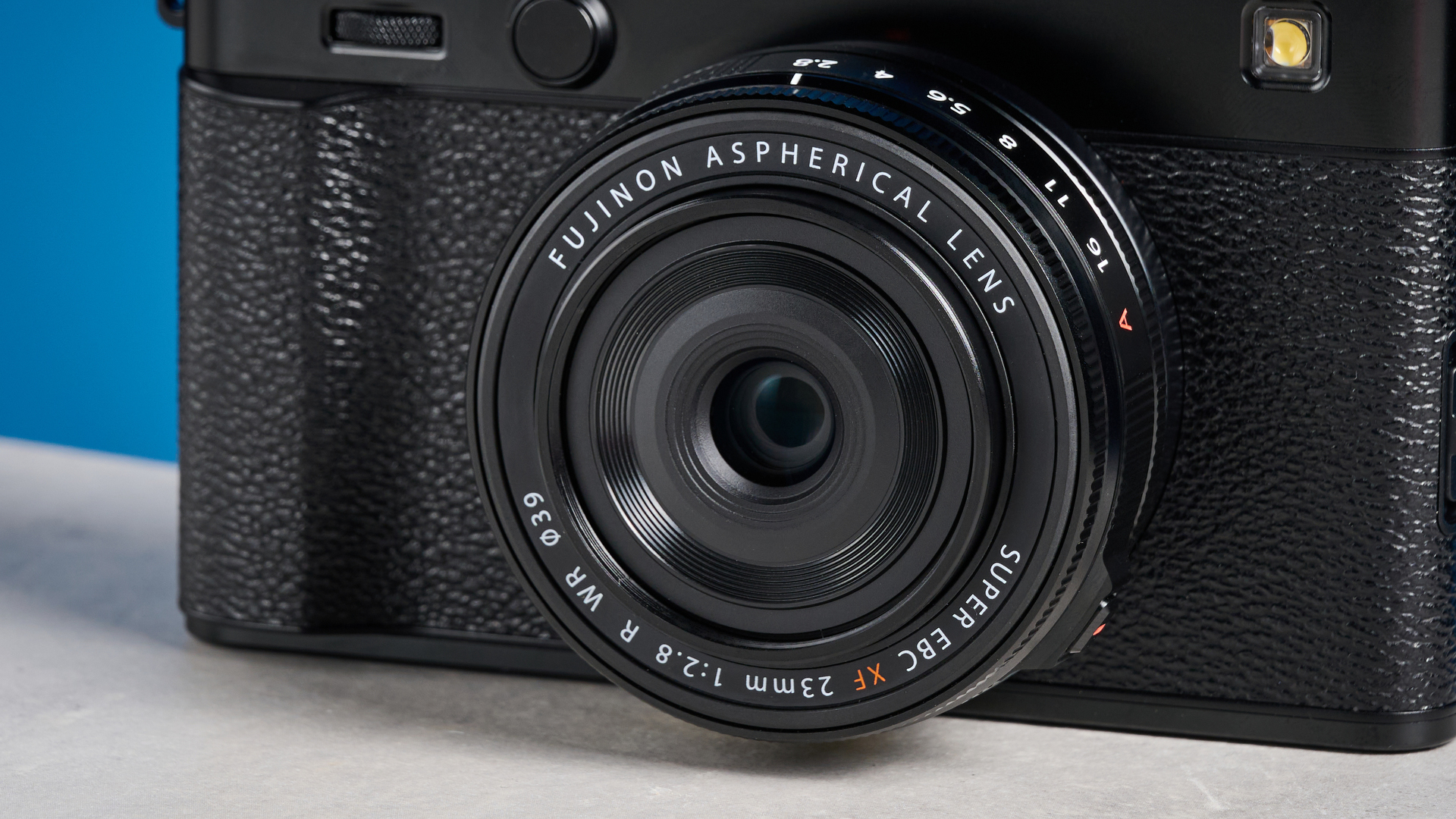
Specs-wise, you’re better off with the almost identically-specced Fujifilm X-T50 ($1,399) for less money, or the higher-spec X-T5 ($1,699) for the same price. If you’re after as much bang for buck as possible, I’d also suggest the similarly-priced full frame Nikon Z5II, which offers much more performance (while sacrificing looks).
The X-E5 was released alongside a new kit lens, the XF23mm F2.8 R WR, a weather-resistant pancake lens which replaces the X-E4's 27mm lens. I prefer the 23mm focal length to the 27mm lens, which I found 'neither here nor there' — its 40mm full frame equivalent FoV wasn't wide enough for expansive scenes, yet was too wide for a typical standard field of view, and proved an uncomfortable lens for me. The 23mm equates to a 34.5mm full frame FoV, which I find much more usable.
With the XF23mm, the X-E5 costs $1,899 / £1,549, so you're paying $200 for the lens (which feels fair). The lens is available for purchase standalone from November 2025.
Fujifilm X-E5 review: Design & controls
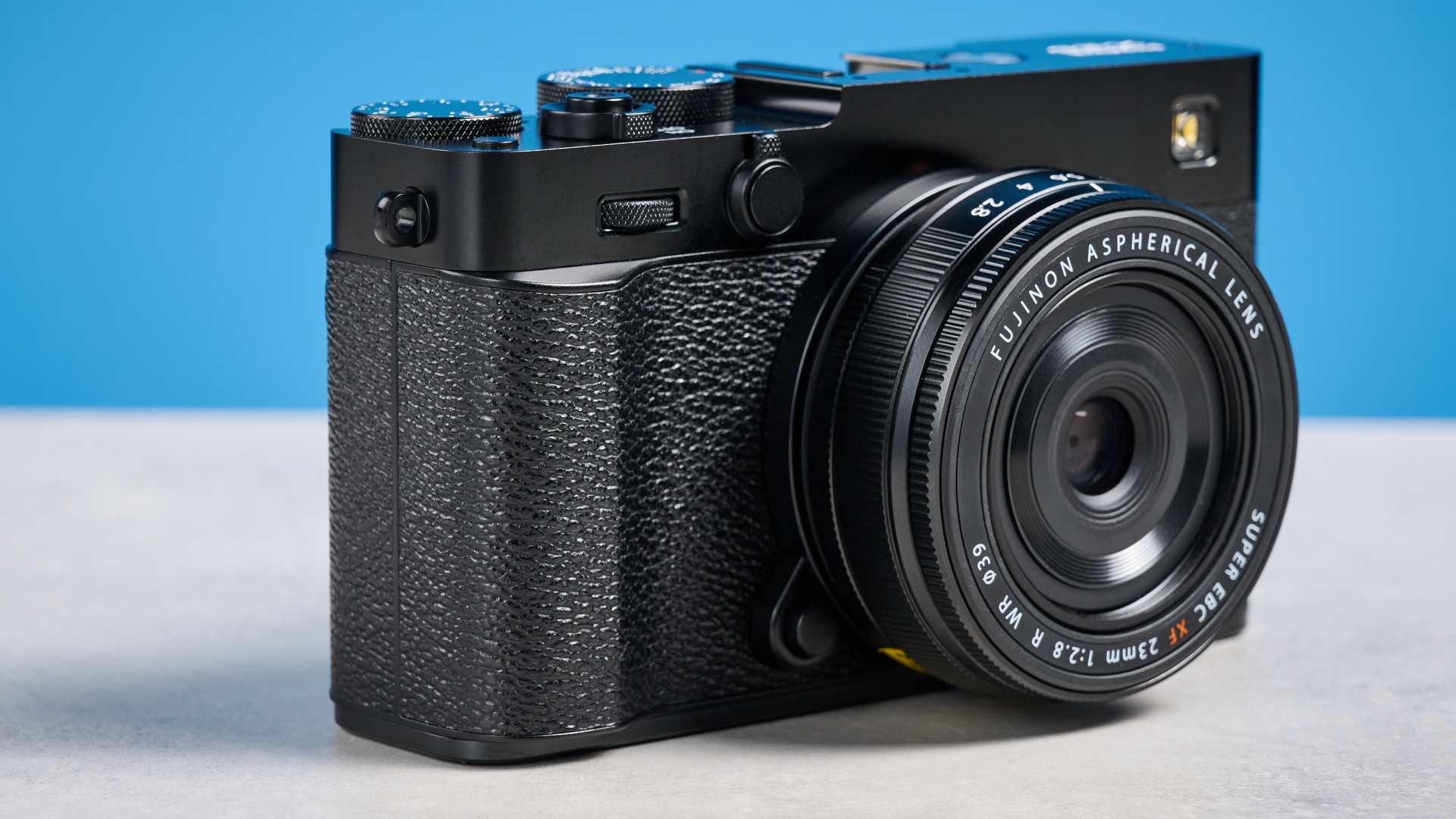
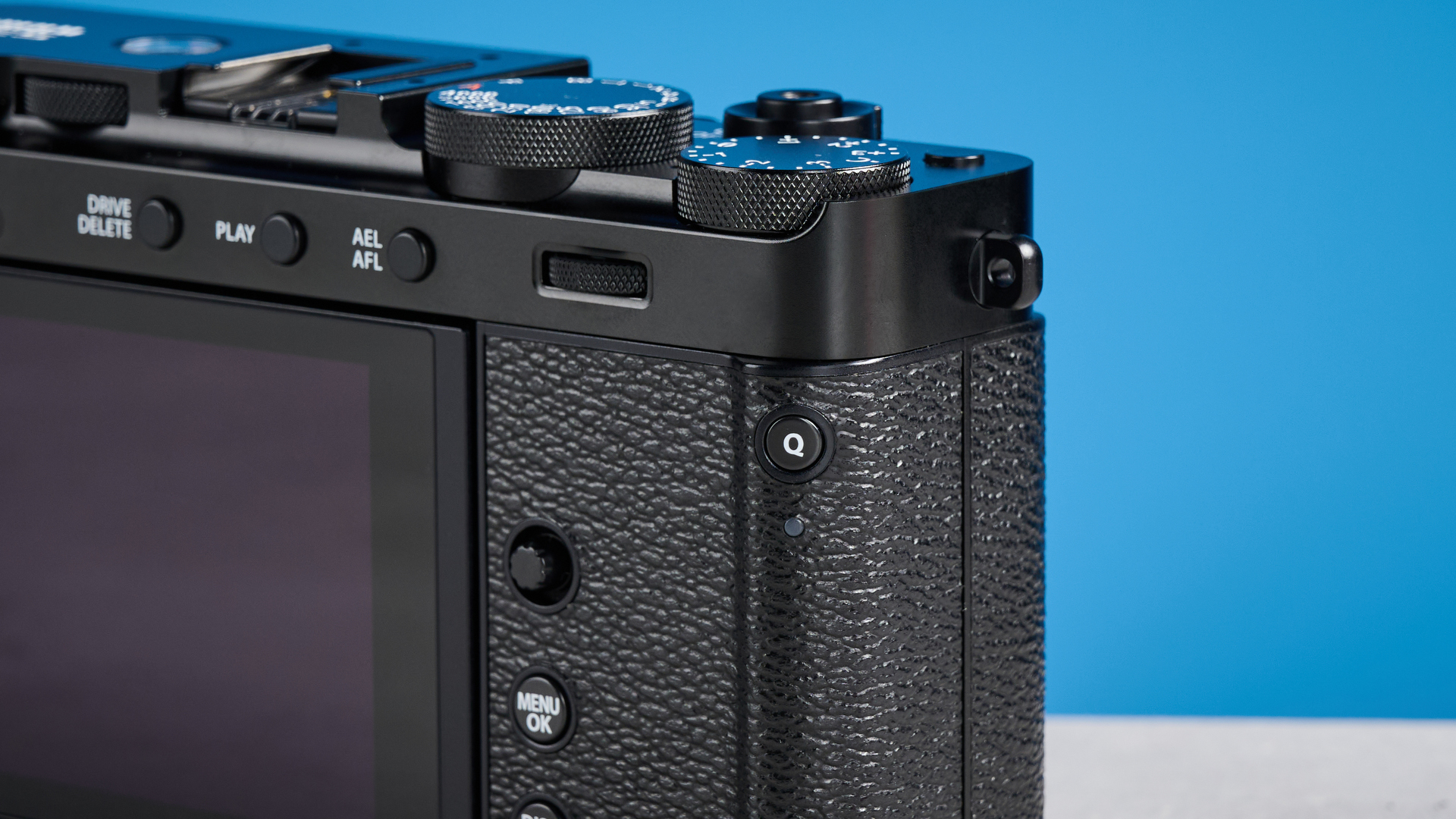

The Fujifilm X-E5 sees the reimplementation of a front grip and rear thumb rest after the X-E3’s were removed for the flat-fronted, straight-backed X-E4. These make the X-E5 a much easier camera to keep hold of, although it’s lacking the sheer security and comfort of its grip-endowed stablemates, the X-T50 and X-T5.
The general profile is more or less the same as the X-E4 — a relatively compact, rectangular rangefinder. Thanks to its stabilized sensor and full-aluminum top plate, the X-E5 weighs 2.8 ounces (81g) more than the X-E4 and is a few millimeters wider and deeper. While the difference is small, it definitely feels bigger. That said, this is still a lightweight camera in general terms.

The relatively trim figure, combined with the rangefinder design, devolved ergos and classic controls, all make for a decent handling street camera. And all without sacrificing Fujifilm’s typically exquisite build quality — of which the new full metal top plate is the chief highlight.
Controls
The X-E4 was a stripped back camera with few buttons and dials. It gave you just what you needed to change settings quickly and intuitively, without overloading you with a plethora of custom function buttons. Everything you remapped was wholly deliberate and crucial to your shooting.
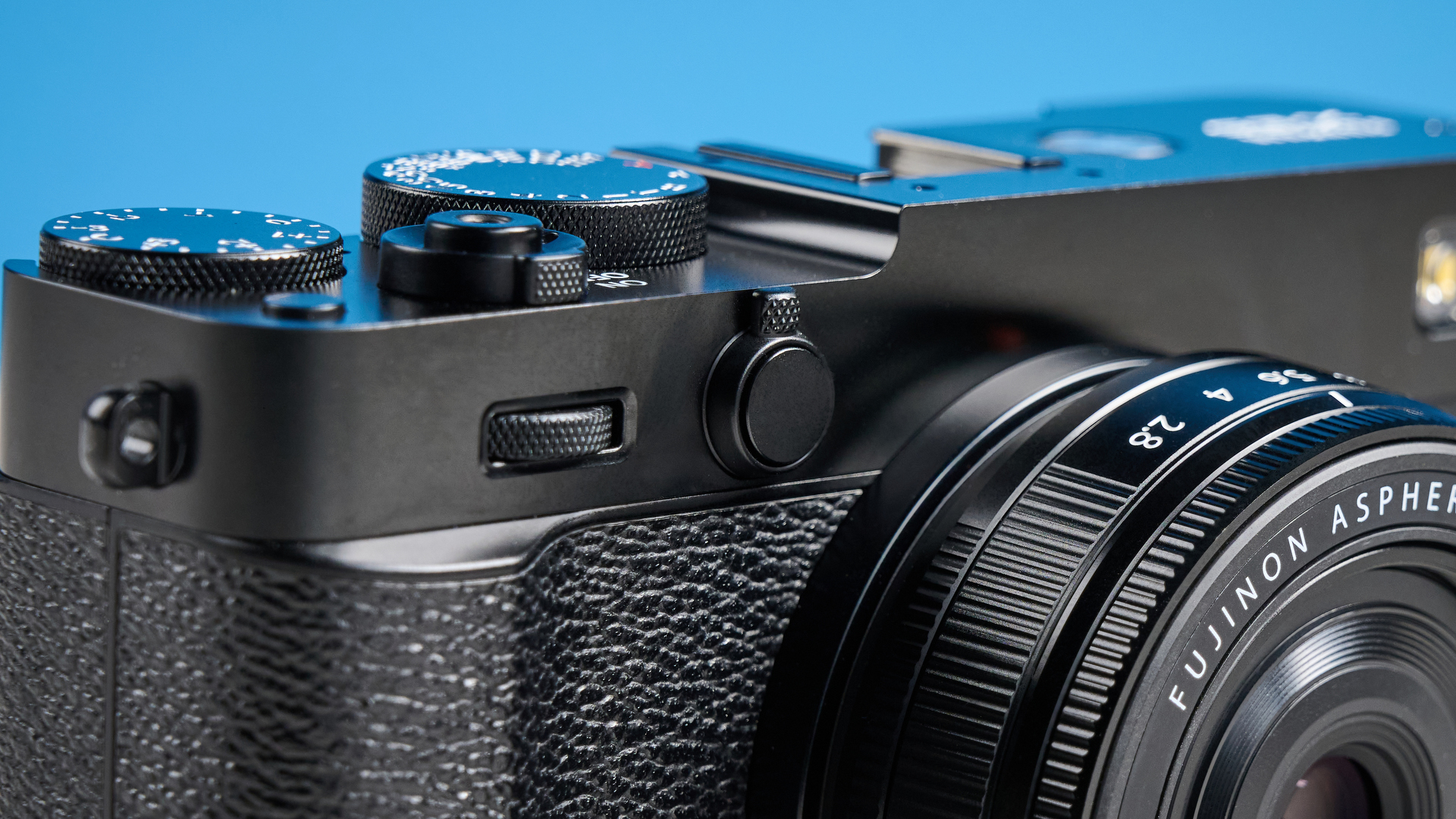
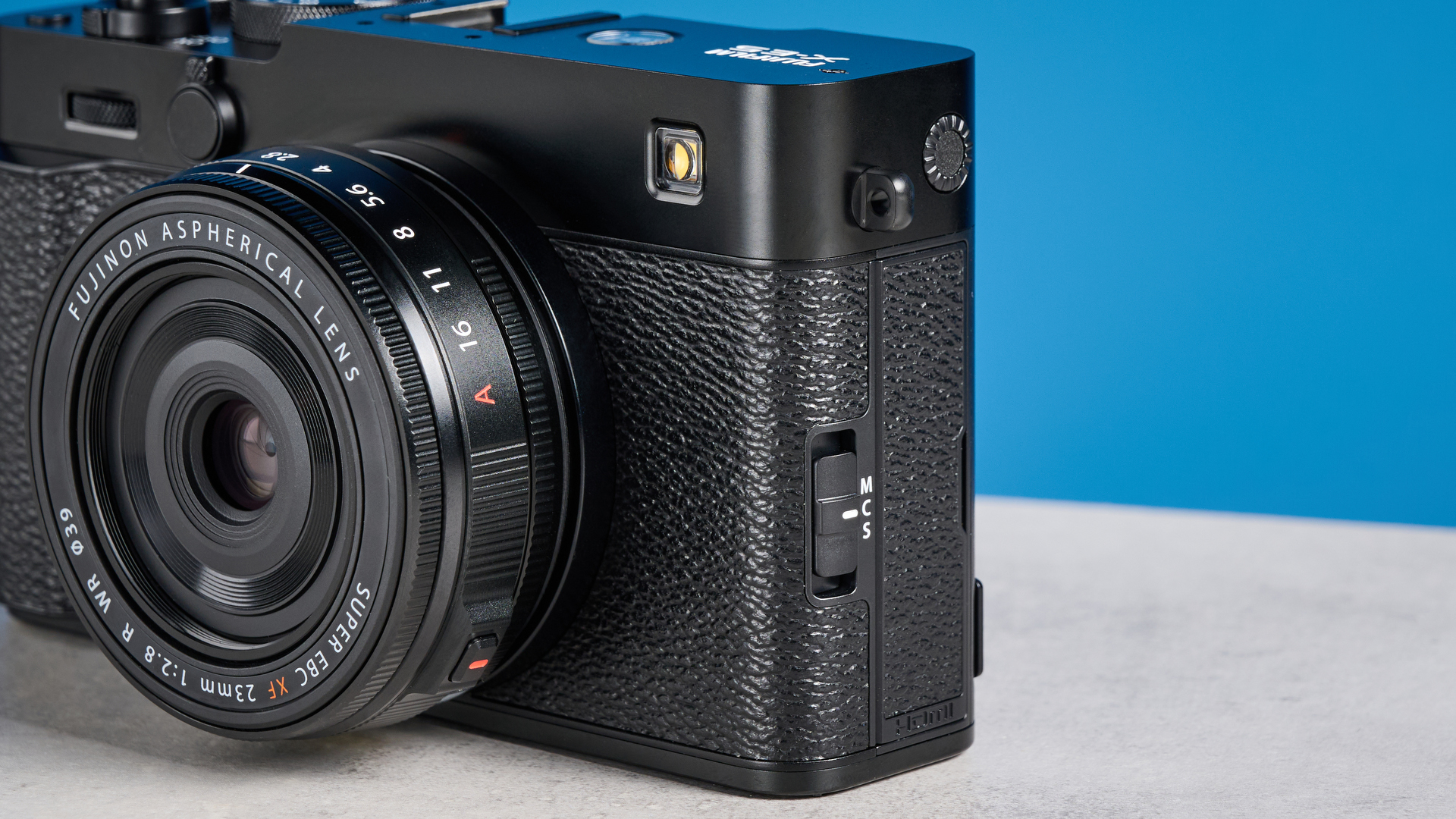
The X-E5 has watered that down somewhat by adding more controls. The tactile top plate dials are familiar, as are the two command dials and limited Fn buttons. But now there’s an X100VI-style lever and button up front, just by the lens, and naturally a film simulation dial — no self-respecting Fujifilm could be without a film sim dial these days. I didn’t resent having either, though, and found them useful for quickly changing settings on-the-fly.
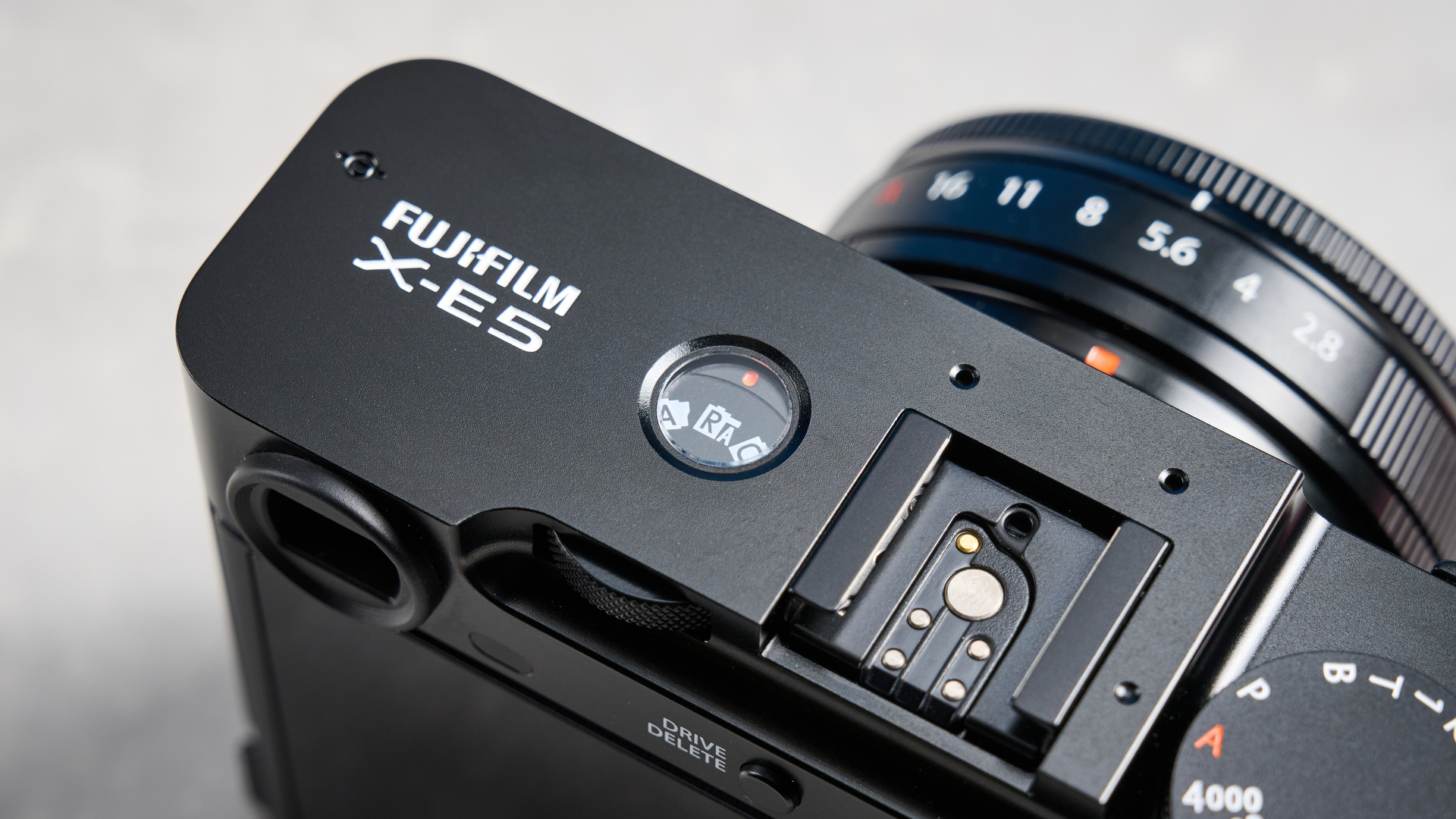
Unfortunately, though, the film sim dial is placed right above the eye sensor, turning off the screen every time you use it. This is a real pain if you’re framing with the display, and the worst Fuji design decision since the Fujifilm X-T30/II’s awfully placed Q button.
Displays
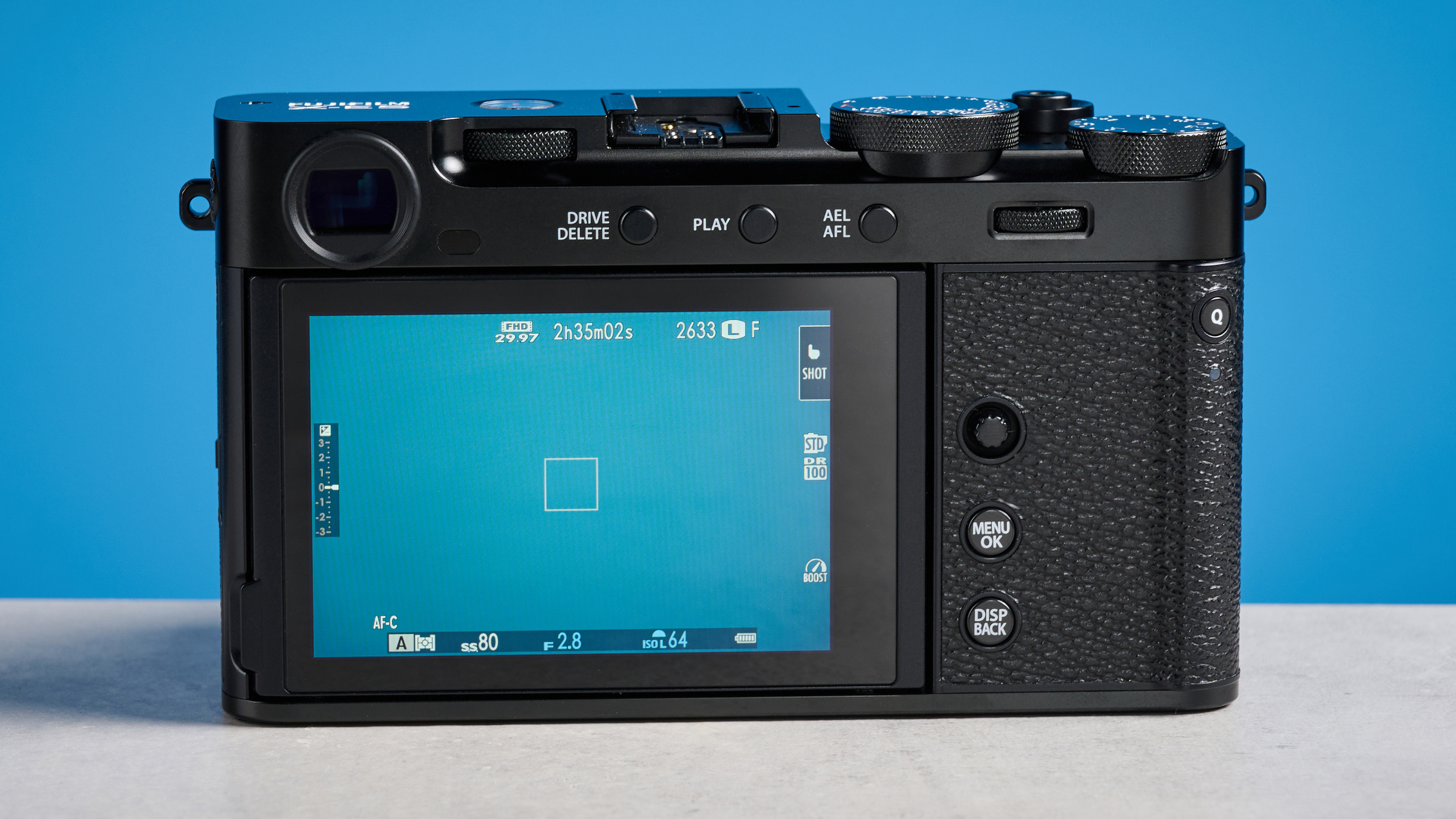
The X-E5 features the same 2.36M-dot OLED EVF as the X-E4. It would’ve been nice to see the higher-res 3.69M-dot EVF from the X-T5, though, befitting the resolution of the new camera, not to mention the price. The tilting rear display resolution, meanwhile, has actually decreased from 1.62M-dots on the X-E4 to 1.04M-dots on the X-E5 — unacceptable given the doubled price. Both displays are bright, and I had no issues using them in bright sunlight.
There are a handful of display settings to aid immersive shooting. The front lever is a display toggle by default, letting you enable/disable displays if you’d like to avoid using the screen. This harkens to the ‘purity of experience’ ethos of the X-Pro line — the X-Pro 3 has a hideable rear display to discourage using it. There’s also a limited display mode, which only shows key info at the bottom of the display.
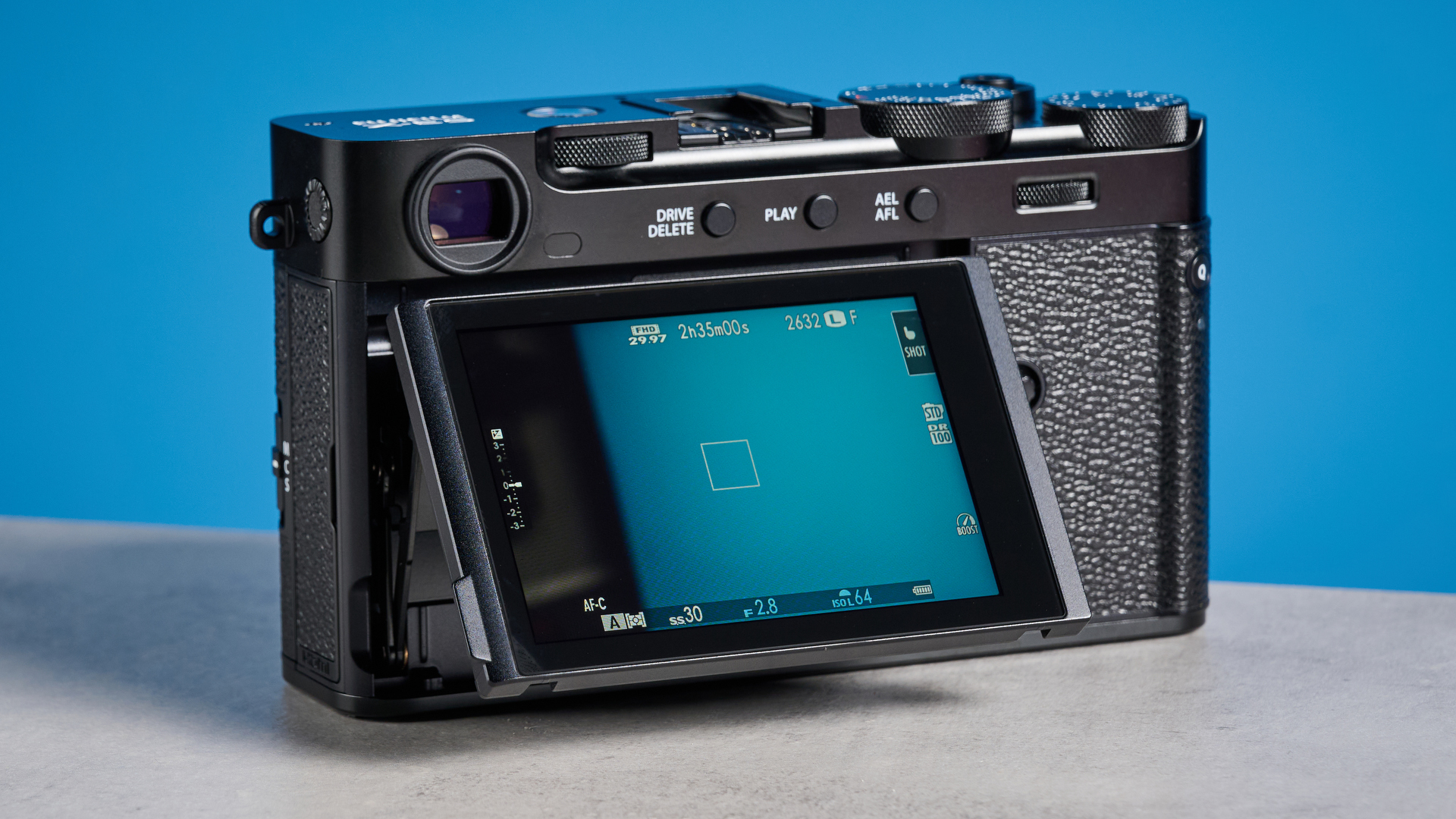
Naturally, Fuji is acting as though both of these are revolutionary features, although you’ve been able to do each of the above on, well, all recent Fujifilm cameras (albeit not as quickly and easily).
Another experiential feature is the X-E5’s “Surround View” mode, essentially an Optical Viewfinder (OVF) simulator — this applies a frame crop to the EVF/display and JPEGs, but still shows the full 3:2 frame outside your frame boundaries via the EVF, like an OVF. I enjoyed using it, although I doubt die-hard OVF fans will find it satisfying. For $1,699, though, I would’ve liked to see the hybrid OVF/EVF of the X100VI and X-Pro 3.
Connectivity
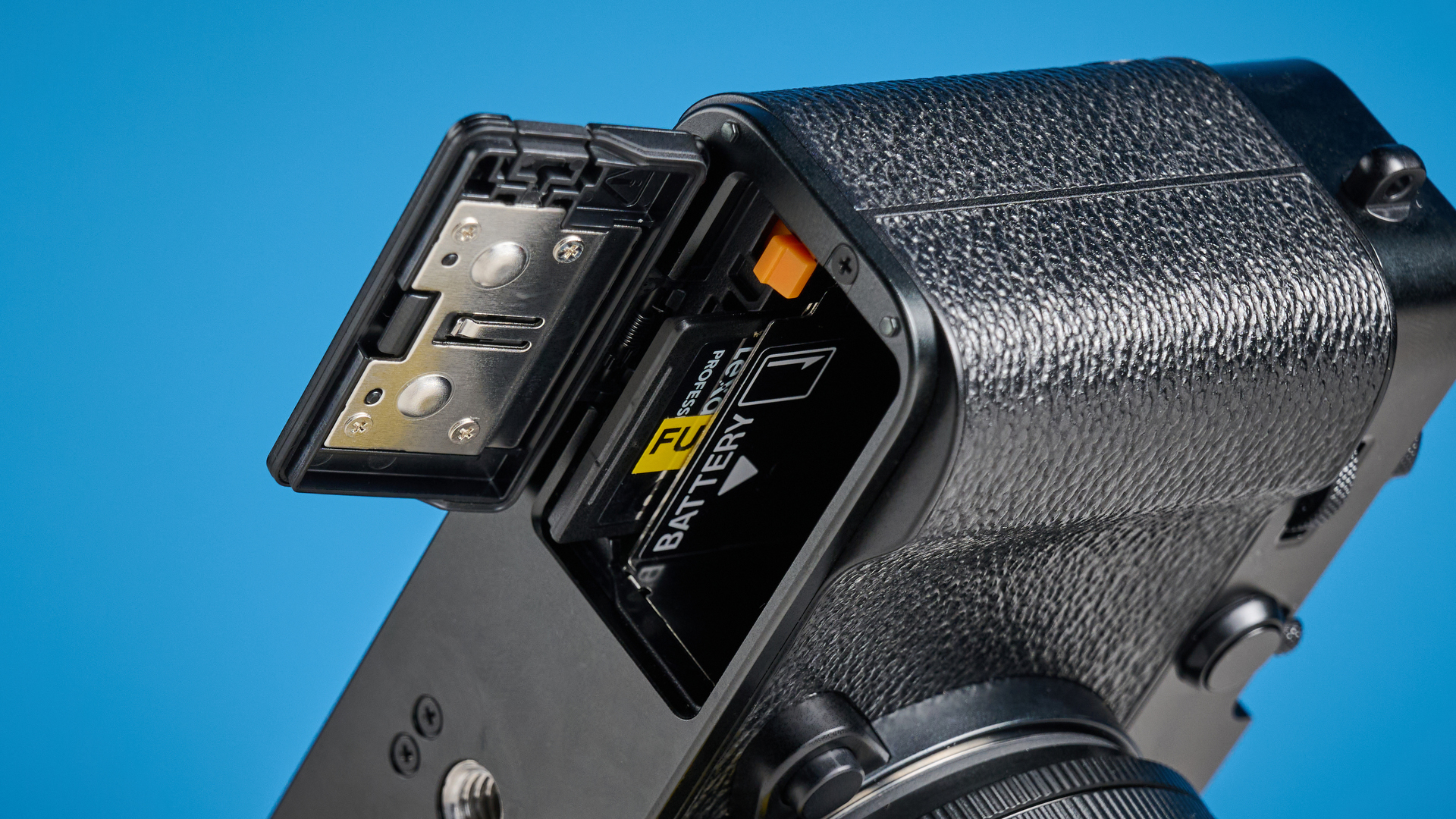
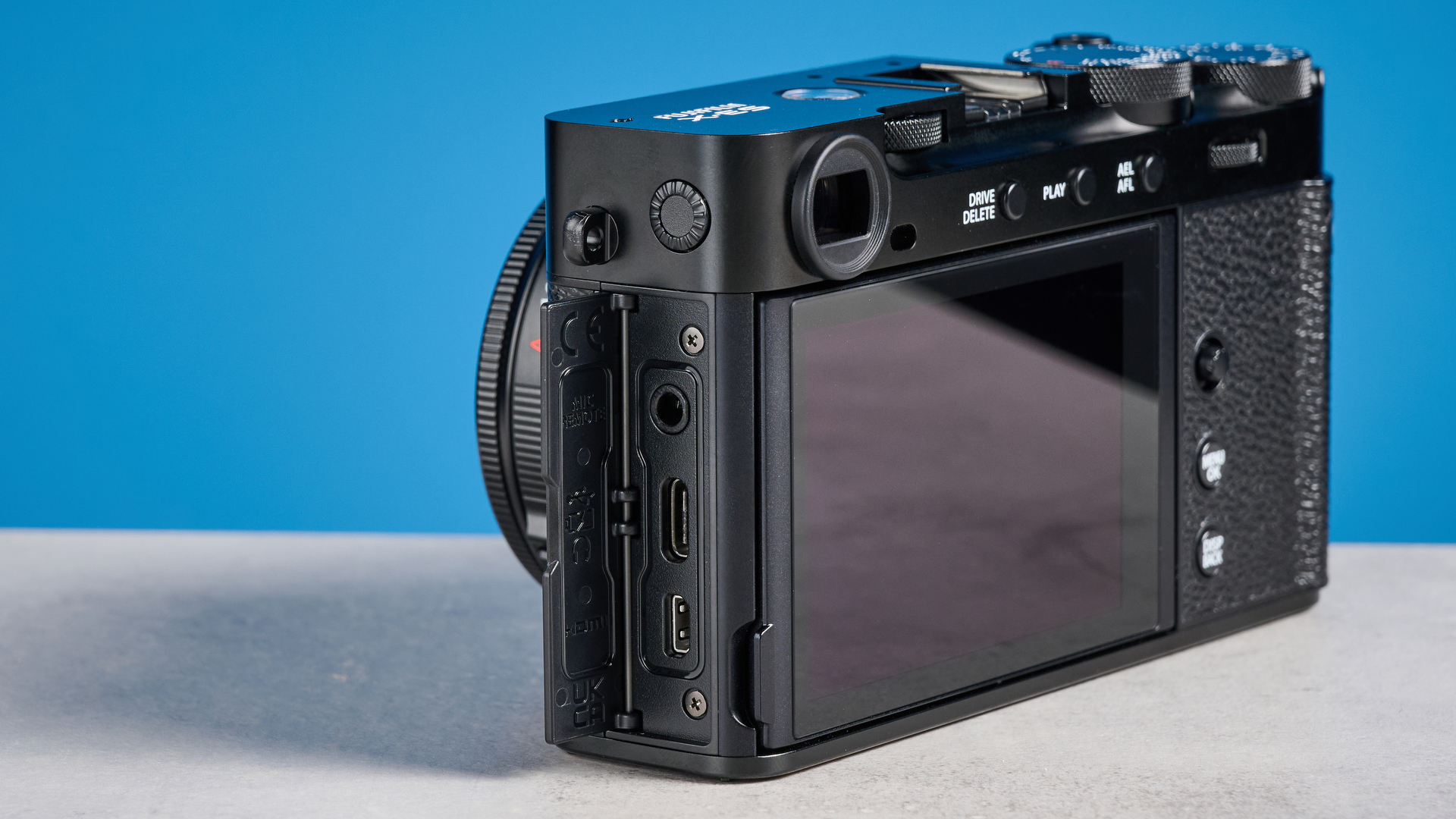
The X-E5 isn’t particularly well connected, but as a street camera, it doesn’t need to be. There’s a single SD slot, which has been upgraded to UHS-II compatible from the X-E4’s UHS-I, for faster write speeds.
There are microphone, USB-C and micro-HDMI slots underneath the side hatch. There’s no headphone jack, although the USB-C port can be used for headphones when shooting video.
Weather sealing
The X-E5’s body is not weather sealed, so you’ll need to be careful using it in poor conditions, and avoid using it in extremely sandy or dusty environments. However, many Fuji lenses, including the new XF23mm kit lens, are weather resistant, which will provide you with some protection if you get caught in a light shower while out on the street.
Fujifilm X-E5 review: Autofocus
The Fujifilm X-E5 features hybrid contrast/phase detection autofocus, while its X-Processor 5 image processor brings Fuji’s latest AF algorithms and the familiar array of subject detection AF modes from other recent Fujifilm cameras.
The AF is pretty snappy for stills using the new XF23mm pancake lens and my XF35mm F2. That said, the XF23mm proved a little frustrating for video, where it was quick slow to focus and refocus on continuous AF mode, especially when subjects moved out of and back into frame — I had to use focus lock for the footage in the video section below, to ensure it maintained focus when the cup came back into shot. For stills, though, it was absolutely fine.
The X-E5's subject detection was able to detect and lock onto subjects quickly and easily. Humans were an absolute breeze, and in the portrait above the camera had no problem locking onto the subject’s eye, even behind her glasses.
It was also able to detect the eye of the sheep in the image below, tracking and holding onto it through the frame as the sheep approached me.
When shooting street and architecture, I prefer to focus manually or set my focal point with the joystick. That said, it’s reassuring to have such a competent AF system there when you need it, during fast-changing situations on the street, for example.
Fujifilm X-E5 review: Stabilization
The Fujifilm X-E5 is the first camera in the X-E line to feature in-body image stabilization (IBIS). I don’t think these cameras particularly need it, and it sorta undermines the whole lightweight, stripped-back street camera ethos.


That said, there’s no disputing the fact that IBIS adds lots of functionality, so it’s objectively a good feature to have for low-light shooting and video. With higher resolution sensors also comes greater amounts of micro-blur, which IBIS helps to reduce.
The X-E5 features a 5-axis IBIS system providing up to 7-stops of stabilization. In the images above, I was able to shoot down to about 1/5sec before camera shake started to render the scales legends blurry. The X-E5’s performance is roughly on par with Fuji’s other 40MP cameras like the X-T50 and X-T5, although the lower-res (26MP) Fujifilm X-S20 ($1,299) managed down to 1sec, making that a better camera for low-light work.
Fujifilm X-E5 review: Image performance
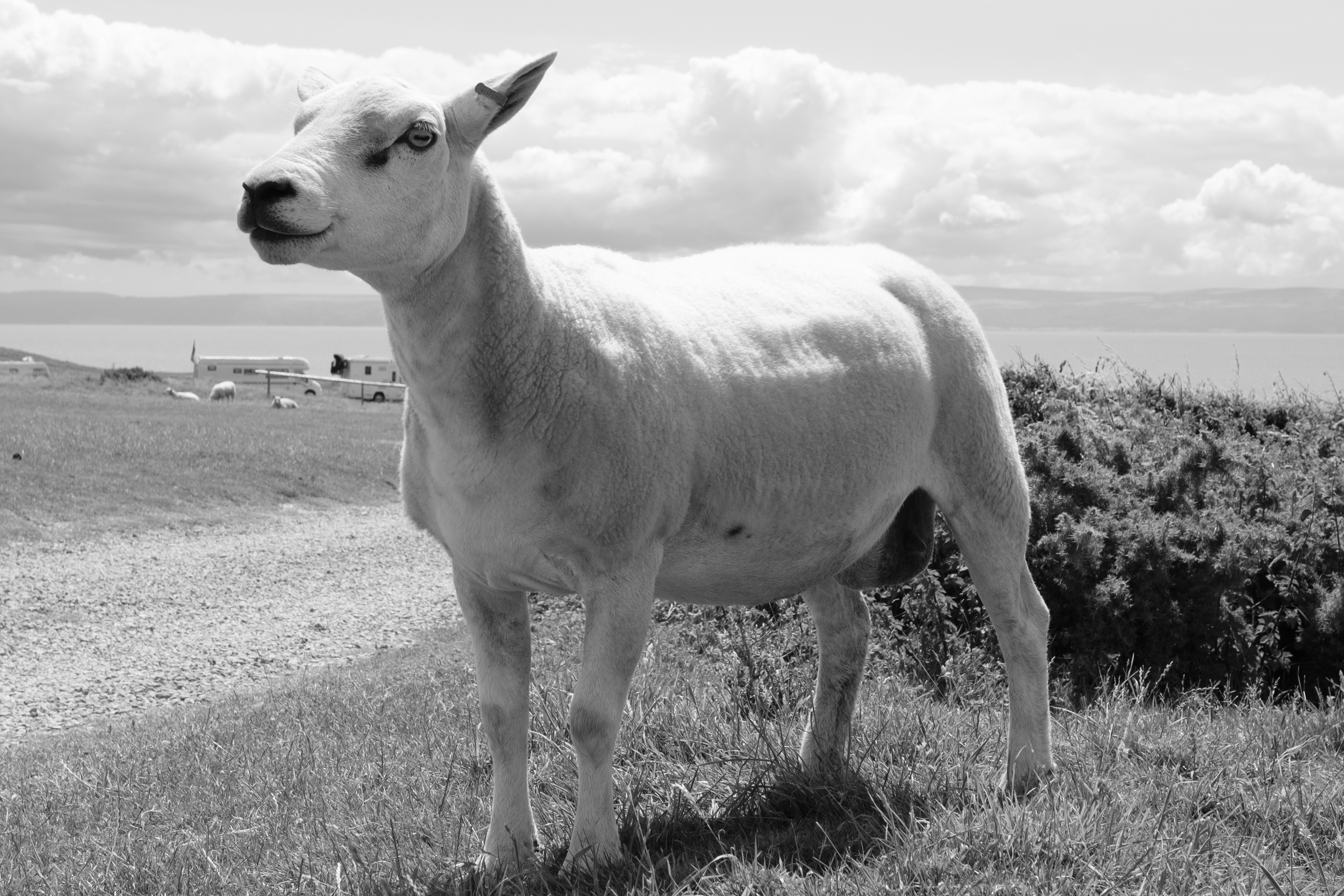
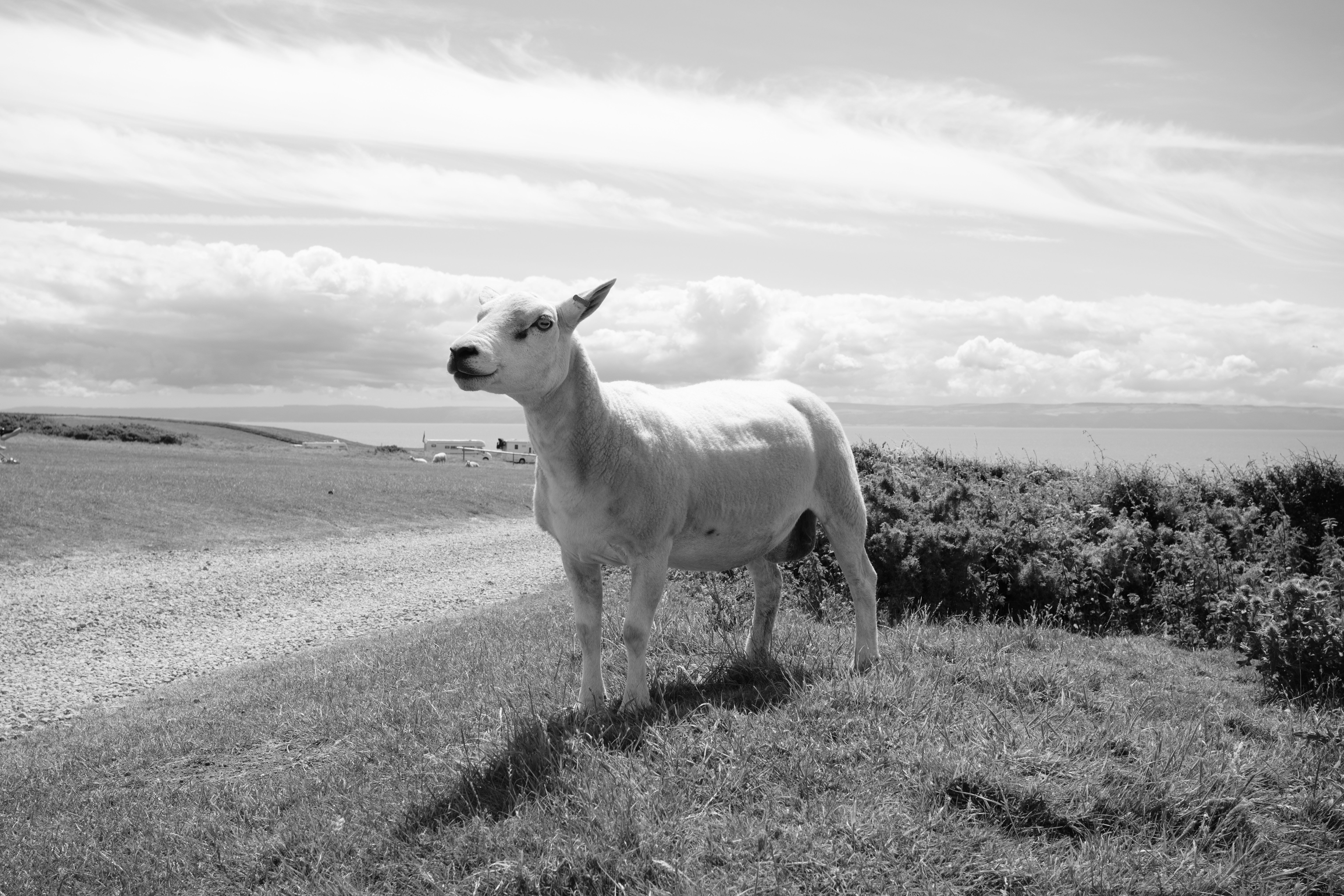
The Fujifilm X-E5 uses the X-Trans CMOS 5 HR 40.2MP imaging sensor, which is very familiar by now, having featured in the Fujifilm X-H2 ($2,499), X-T5 and X-T50. It’s a brilliant sensor, producing highly detailed stills.
The first image in the gallery above is a heavy crop of the second, and there’s plenty of detail thanks to having so much resolution to play with in the first place.



Of course, this is a Fujifilm street camera with a film simulation dial, so a big part of the experience of using the X-E5 is dabbling with the film recipes for retro, film-like aesthetics. The film simulation dial has the most popular recipes assigned to it, with three custom slots so you can assign any other favorites of yours. I assigned Eterna Bleach Bypass, Pro Neg Hi and Acros + R filter.
The film simulations, as always, are a lot of fun to experiment with, although as a black and white shooter, Acros always has my heart.
As I mentioned above, I found the OVF simulation pretty useful, allowing me to choose a crop to fit the scene (I particularly enjoy cinematic 16:9), then view it in the EVF while keeping the whole frame visible around it — this let me time my shots while subjects moved through the frame. The second and third photos in the gallery below show the cropped and un-cropped (RAW) versions of the same file.
The X-E5 also features a digital teleconverter, like the Fujifilm GFX100RF. This applies either a 1.4x or 2.0x digital crop/zoom, effectively giving you two extra focal lengths per lens/current focal length. Thanks to the high resolution sensor, digital zoom is possible without sacrificing too much image quality.

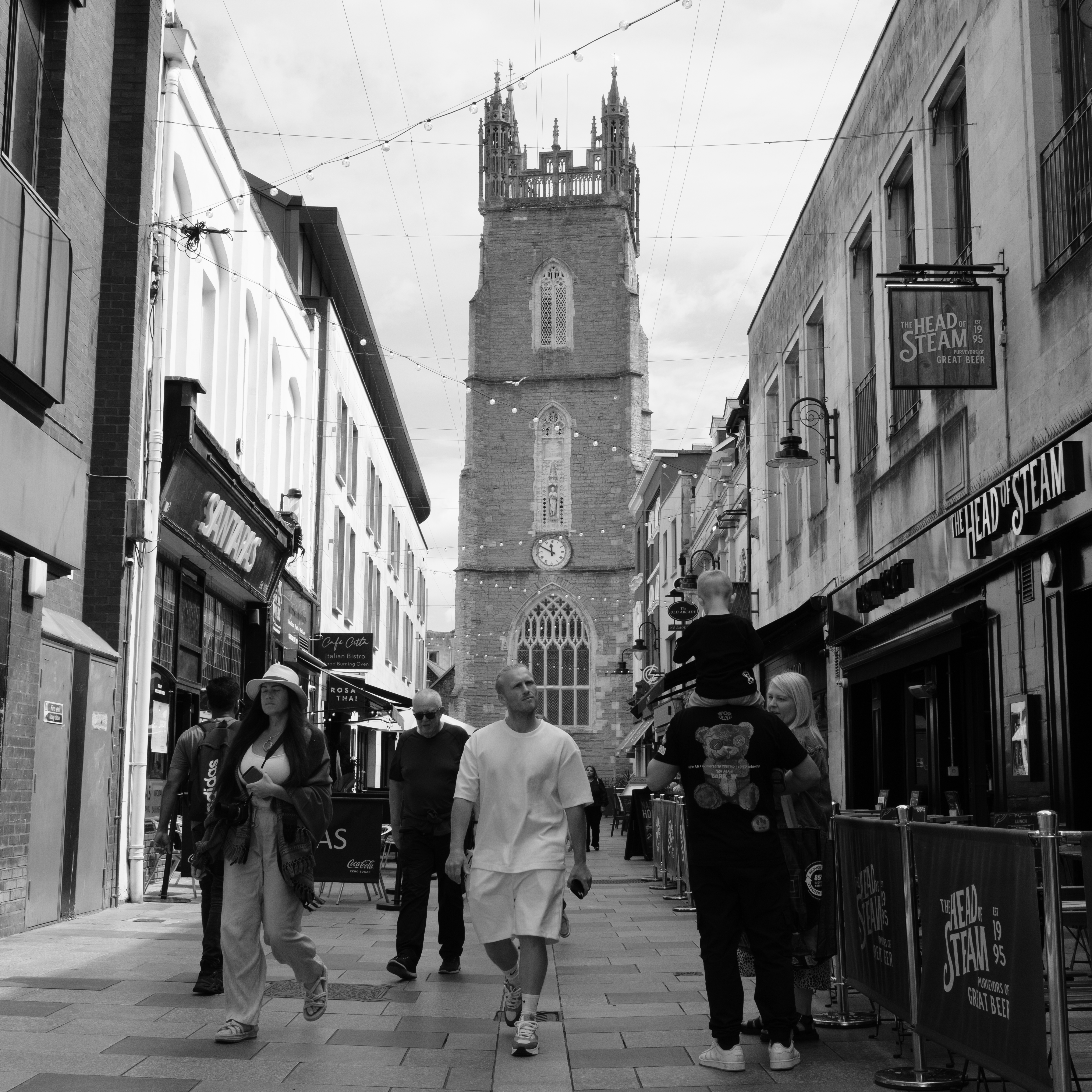
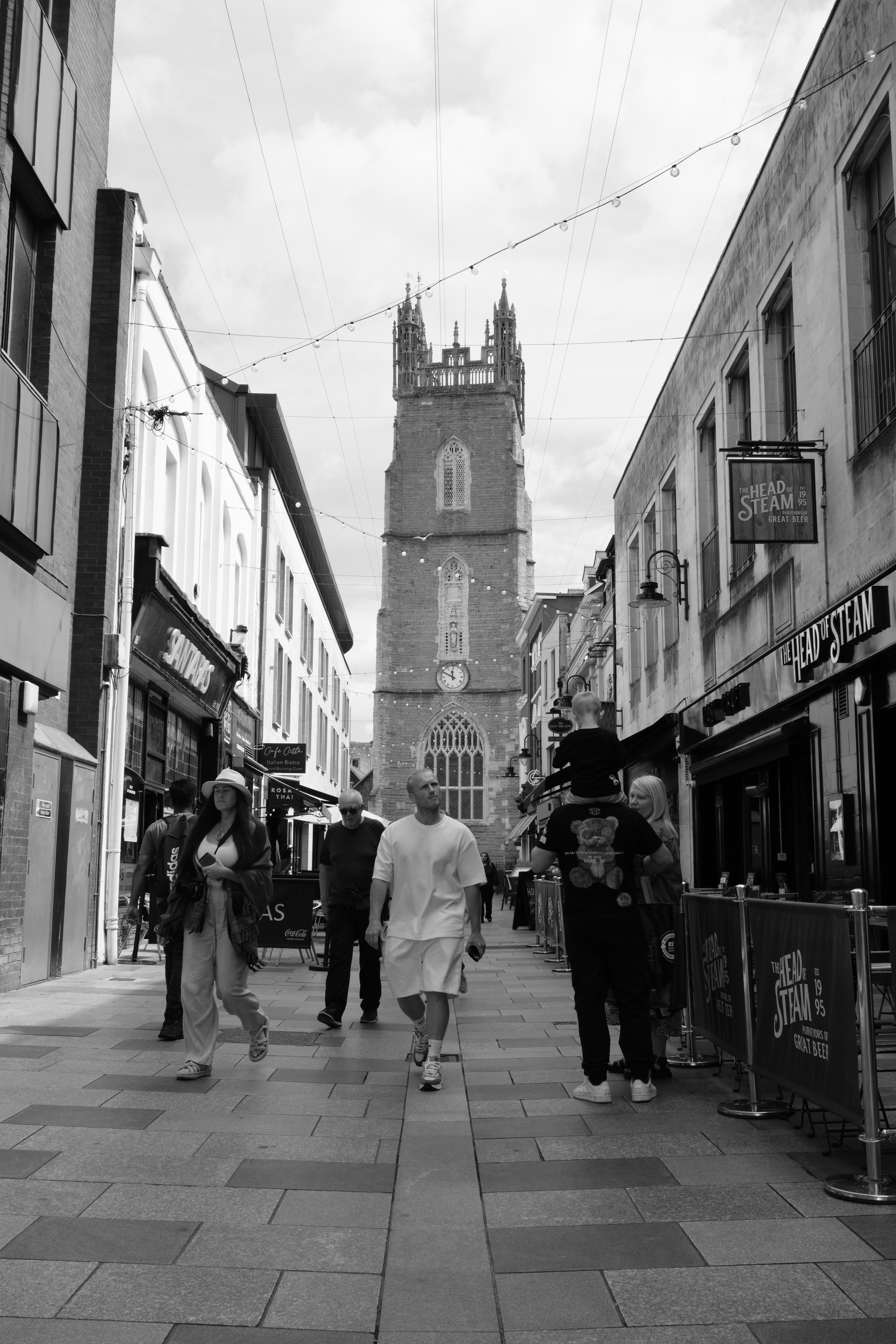
The X-E5 isn’t a high-speed camera, and it only uses a single SD-slot, so I didn’t spend time testing out its sustained high speed drive performance. That said, it’ll shoot at up to 20fps, where in RAW + JPEG you can expect 20 frames, so around a second of shooting. If using the mechanical shutter, this will apply a crop.
I used the lower drive 5fps drive setting when taking the sheep photos above, where you can expect around 20 frames again, this time equating to 4 seconds of shooting. These drive modes are more than enough for capturing some fast-paced street action.
ISO performance
As we’ve seen in other cameras with this sensor, the X-E5 handles high sensitivity settings fairly well given the high MP count and modestly-sized APS-C sensor. The images in the gallery directly below are RAW files (with no noise processing), exported as JPEGs in Adobe Photoshop with no processing made at all.
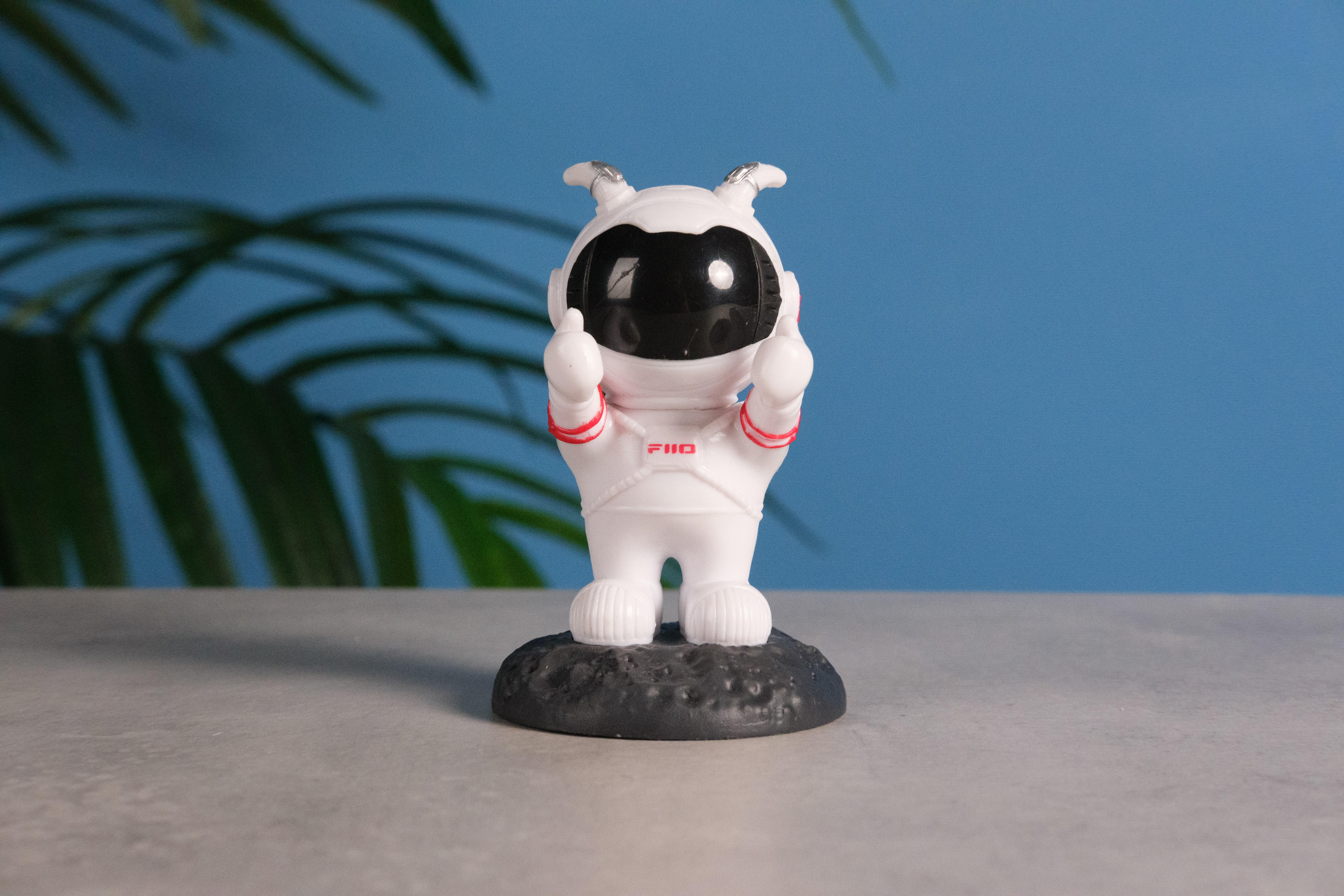
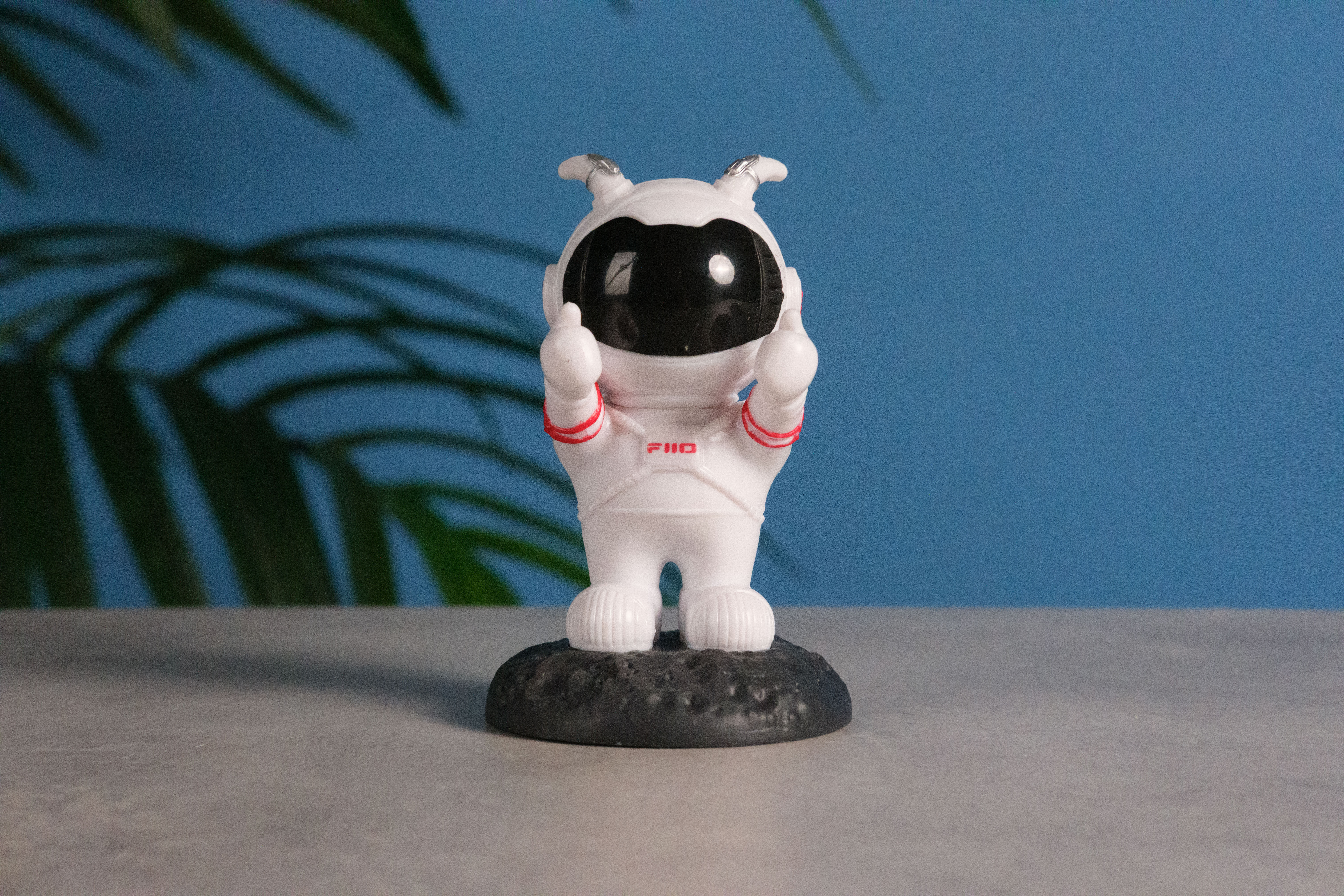

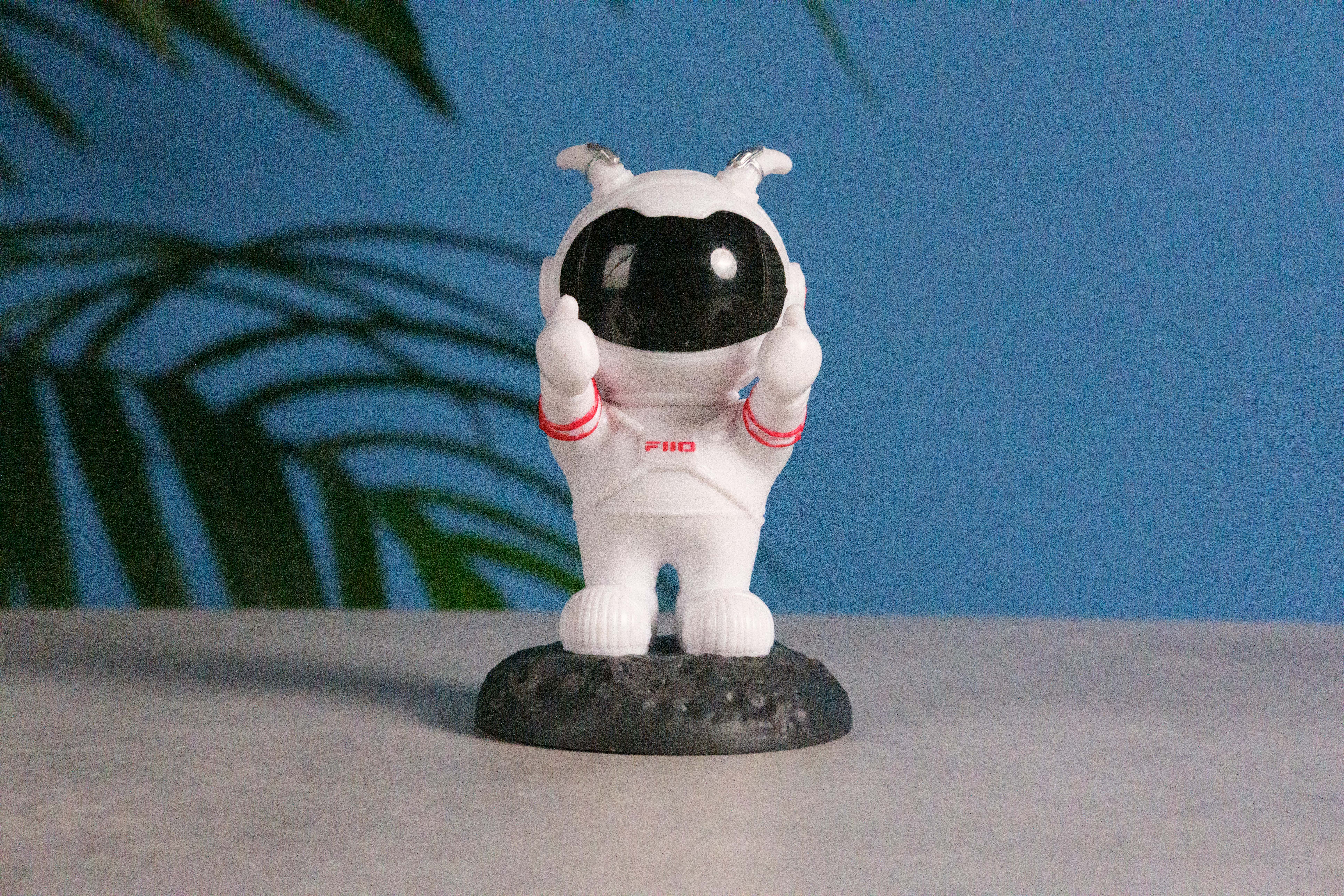
At ISO12,800, images are still usable. There’s lots of grain visible in the background, but the subject is still reasonably sharp. Any higher, though, and noise starts to overwhelm the photo and degrade sharpness.
The photos below are the out of camera JPEGs files of the same images. In these files, the camera has applied noise reduction (using the default amount). As usual with Fuji cameras, the noise suppression is very good. At ISO25,600, the subject is still pleasingly sharp, although lots of half-smoothed noise is visible in the background.
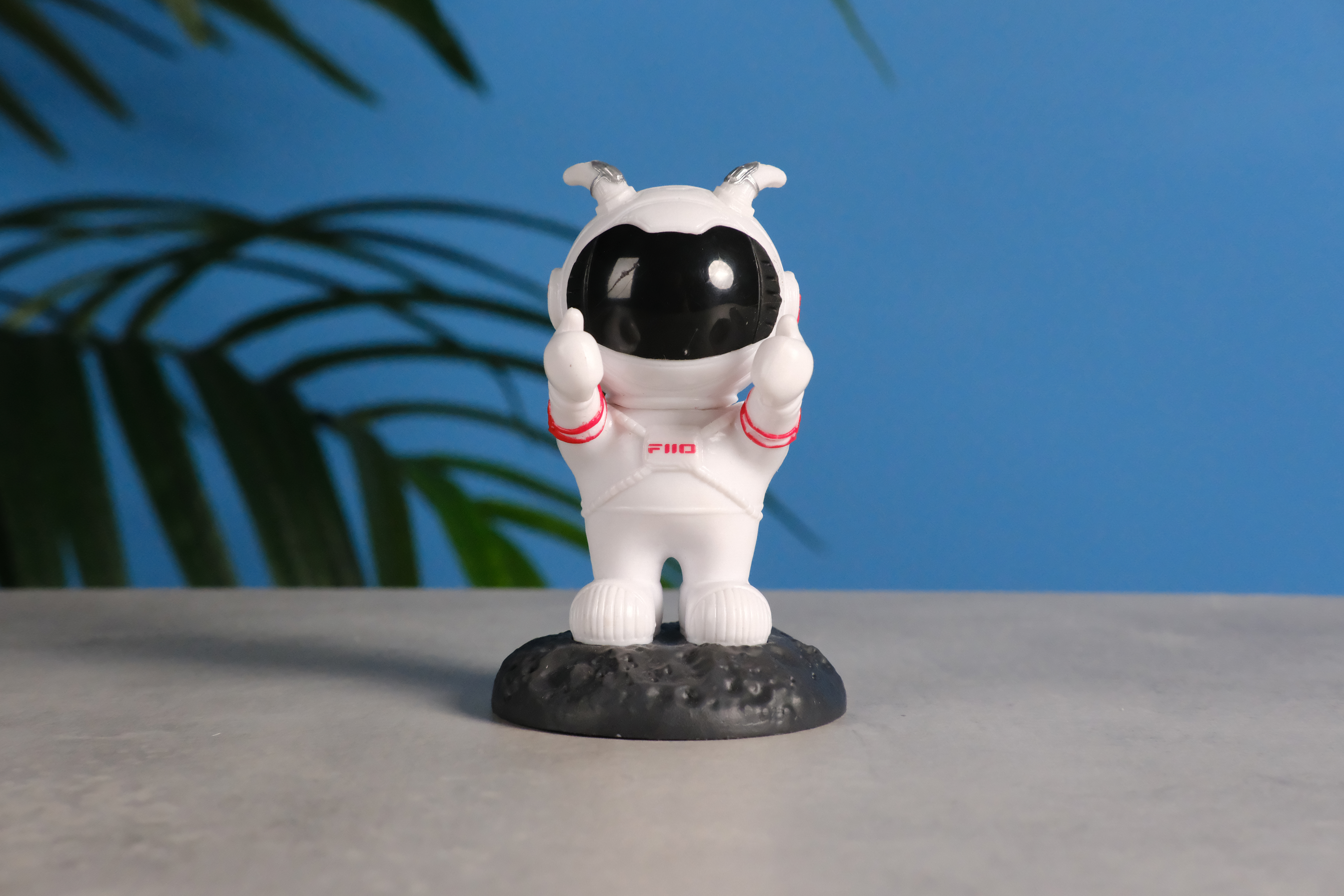
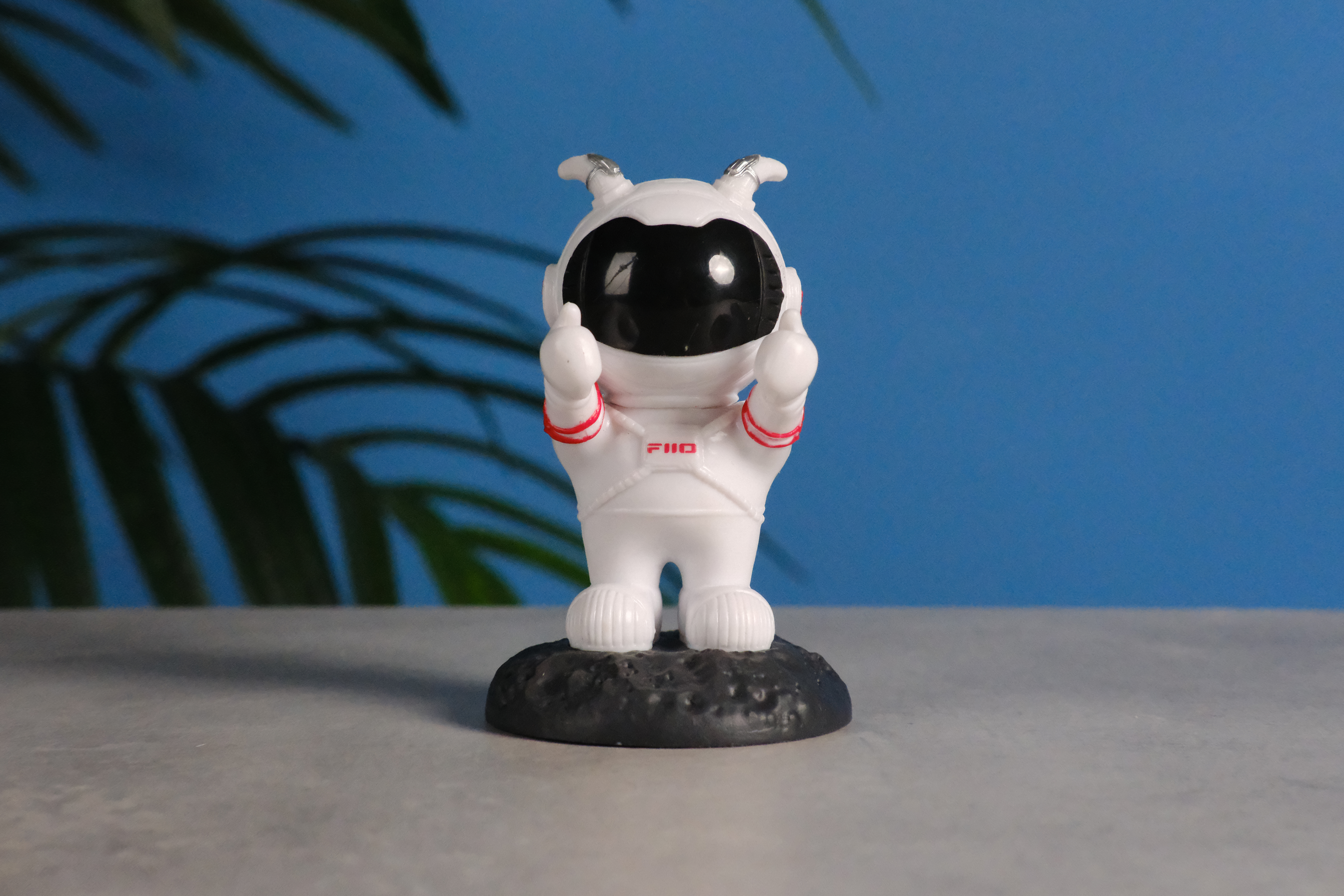
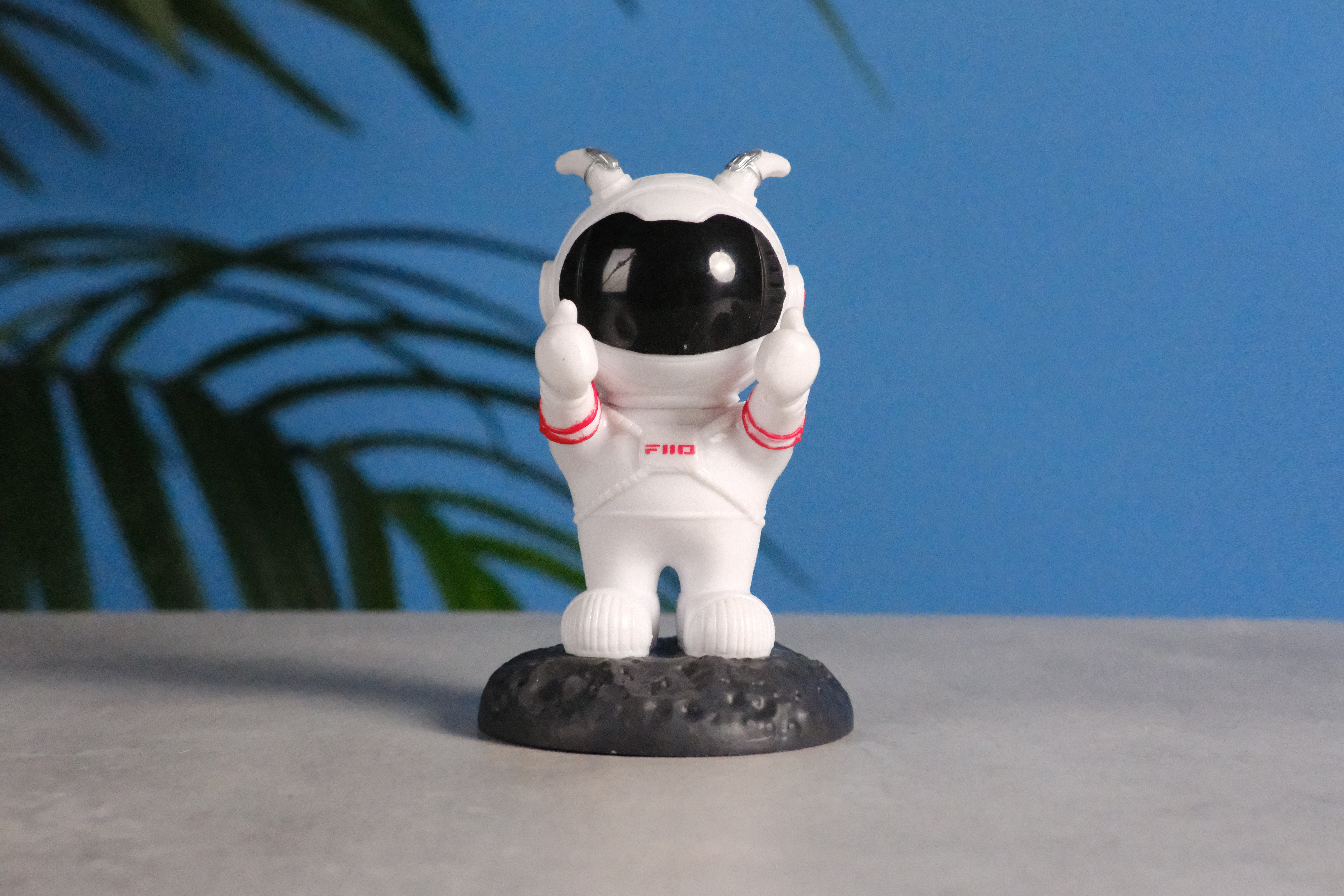
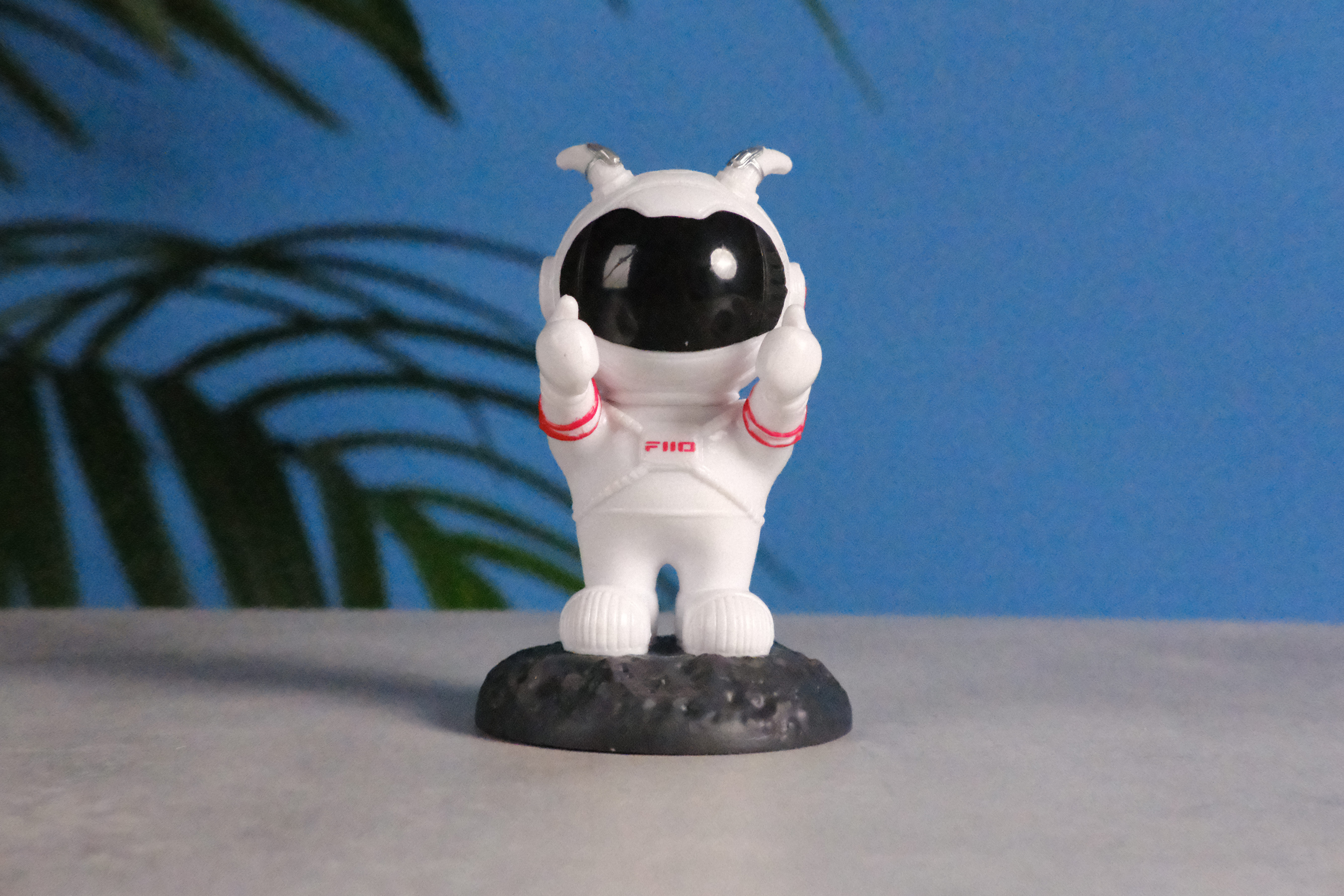
The ISO51,200 JPEG is still serviceable, I’d say, despite a noticeable loss of definition in the central subject. You likely wouldn’t find yourself shooting here often, but it’s good to know you could come away with a just-about-passable JPEG.
Dynamic range
The X-Trans CMOS 5 HR's dynamic range performance is also strong. The gallery photos below of a backlit lens are the same image, taken with the camera’s default level of dynamic range optimization (DR100).
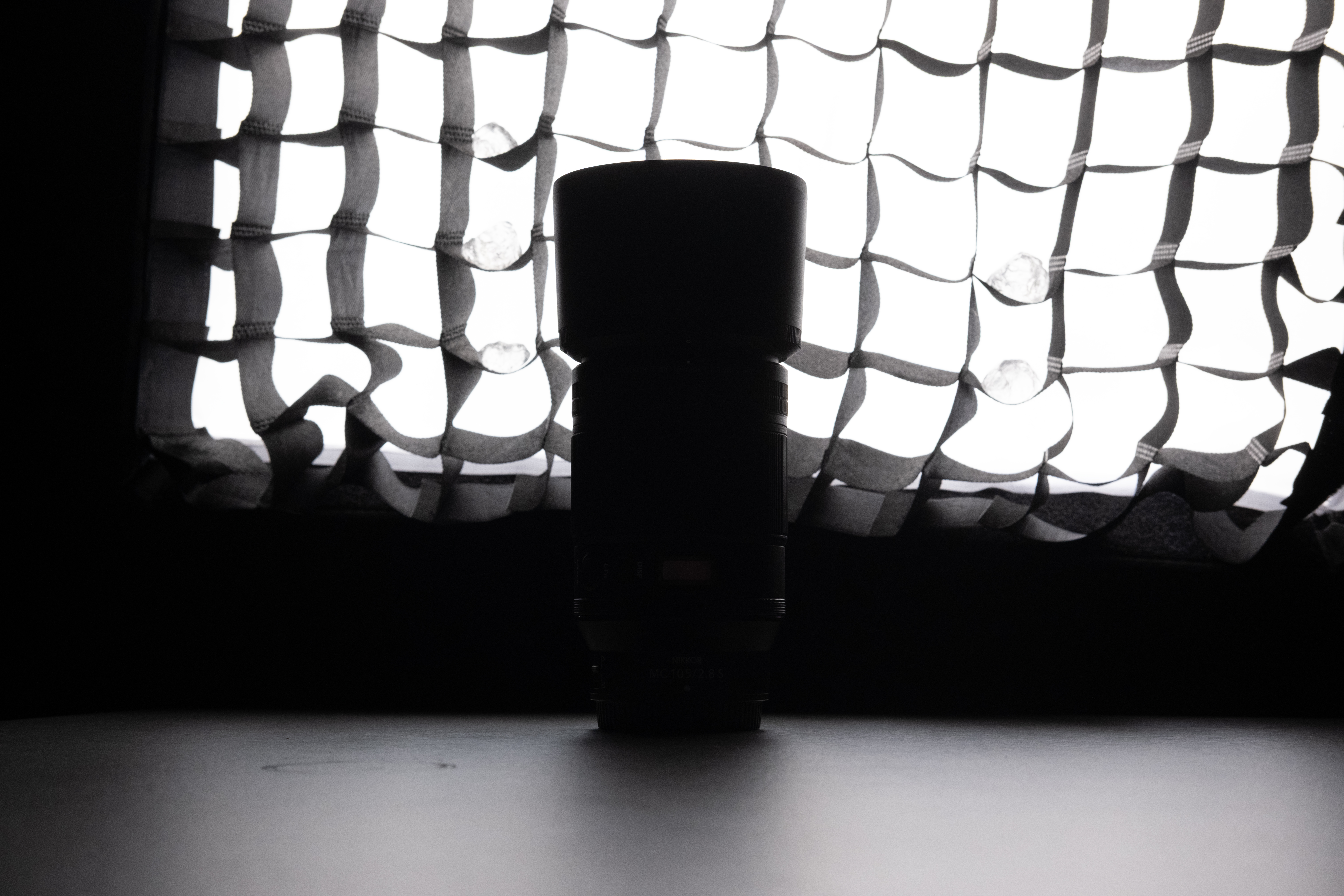
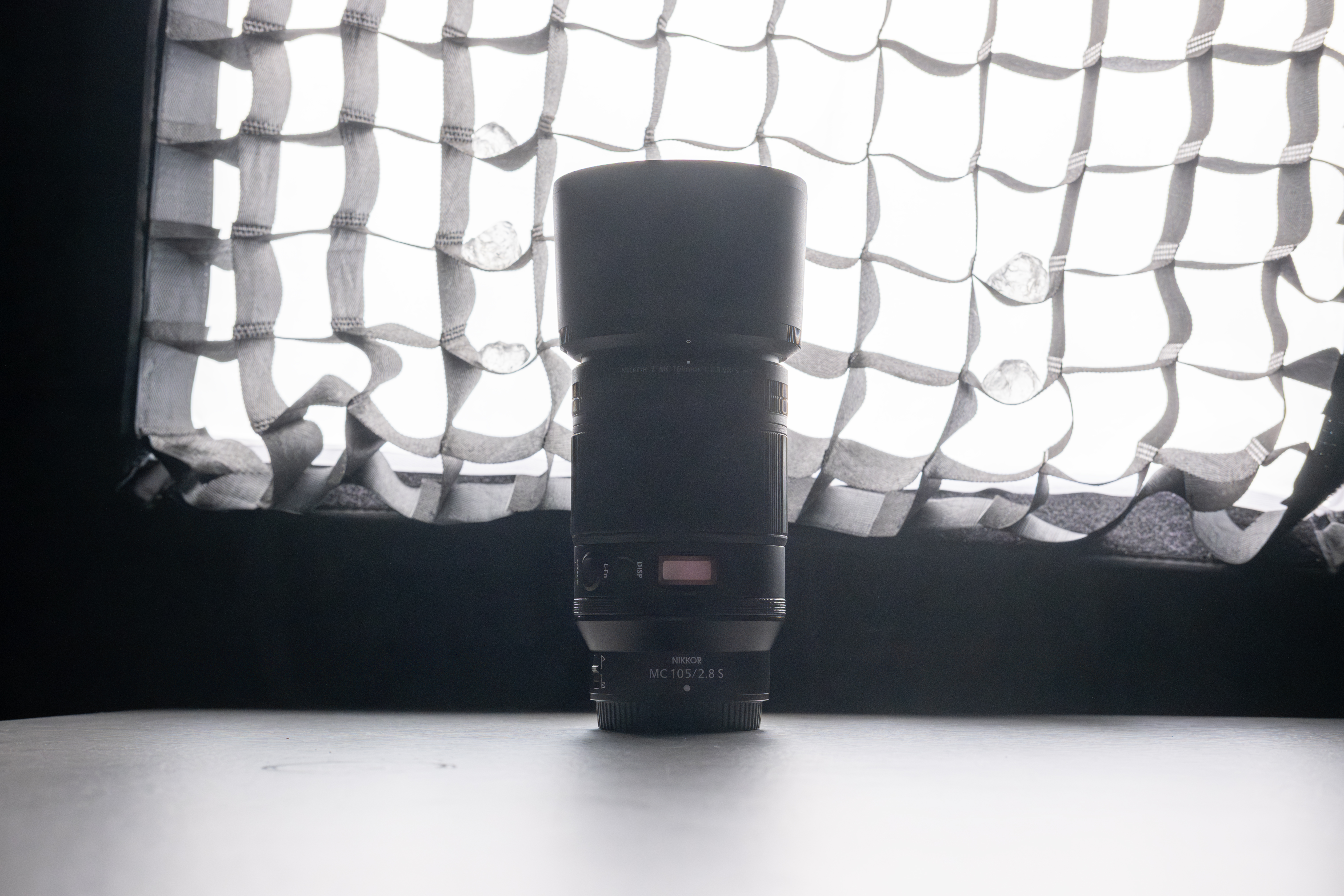
The second image has had the shadows boosted and highlights reduced in post production. As you can see, I was able to reveal plenty of details in the shadows. I placed some prop ice cubes on the softbox netting behind, to check for blown highlights — lots of highlight detail was retrievable, too.
Fujifilm X-E5 review: Video performance
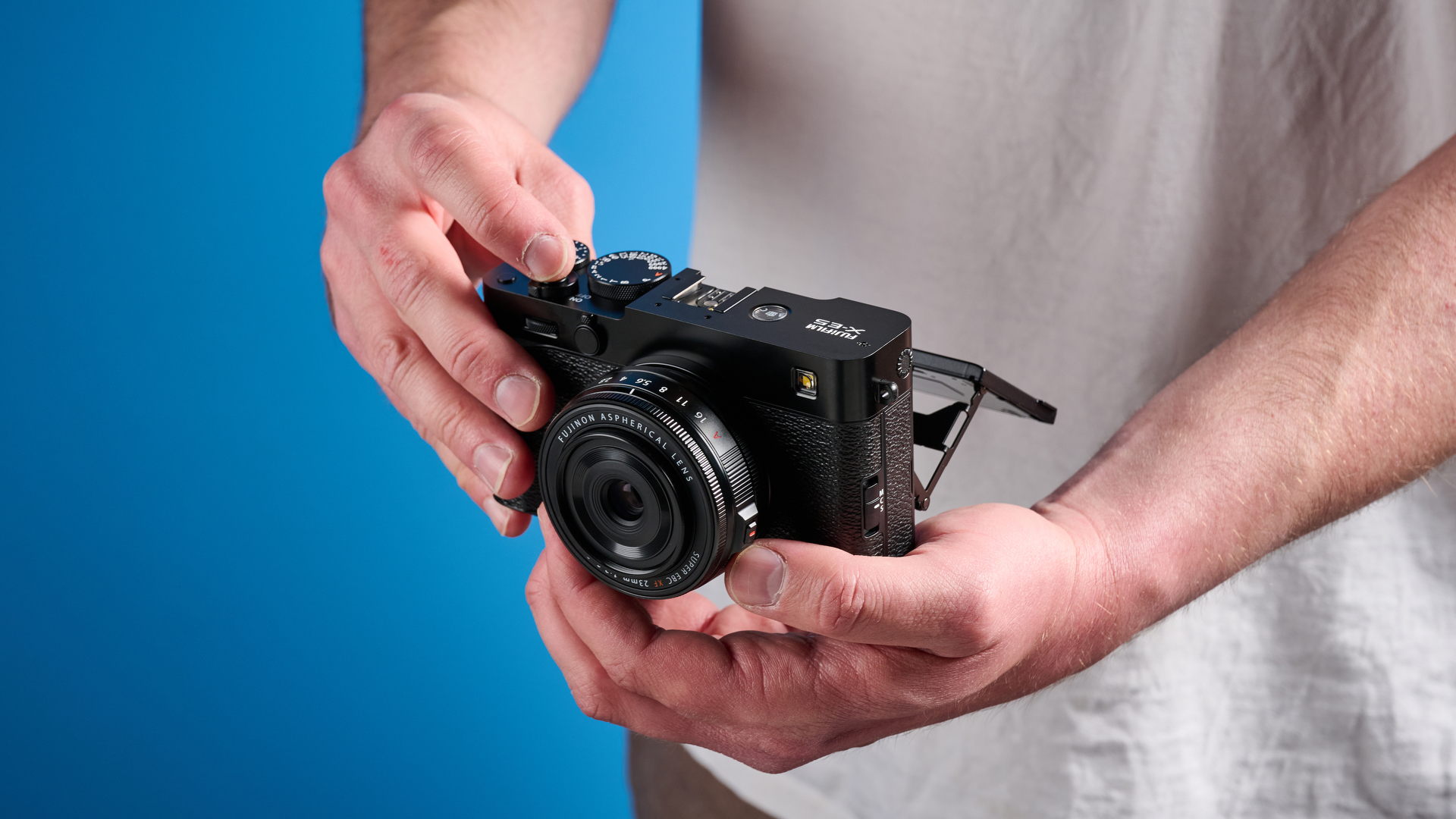
This is primarily a street-oriented stills camera, although it has a few punchy (and familiar) video specs to facilitate the odd bout of video. It will shoot 6.2K video at 30p, or 4K at up to 60p, both in 4:2:2 10-bit color for a wide color gamut and extra flexibility with managing color in post. There’s also F-Log and F-Log2 profiles for wide dynamic range capture, and naturally, you can use any of Fujifilm’s film simulation profiles for ready-graded footage out of camera.
A useful feature for vloggers is the flip-up display, which facilitates framing and settings changes when shooting to camera. Again, though, this isn’t really a video-oriented camera, and Fuji isn’t pushing it as such. If you do want to shoot lots of video with the benefits of Fuji styling and film simulations, I’d recommend a more video-focused camera, such as the Fujifilm X-S20 or Fujifilm X-M5 ($799).
Fujifilm X-E5 review: Battery life
The Fujifilm X-E5 uses the same NP-W126S battery as its predecessor, which was CIPA-rated for 460 frames in the X-E4 (Normal mode). But thanks to the new sensor and process running gear, CIPA-rated battery life has gone backwards to just 310 frames in the X-E5 (Normal mode), or 400 frames (Eco mode).
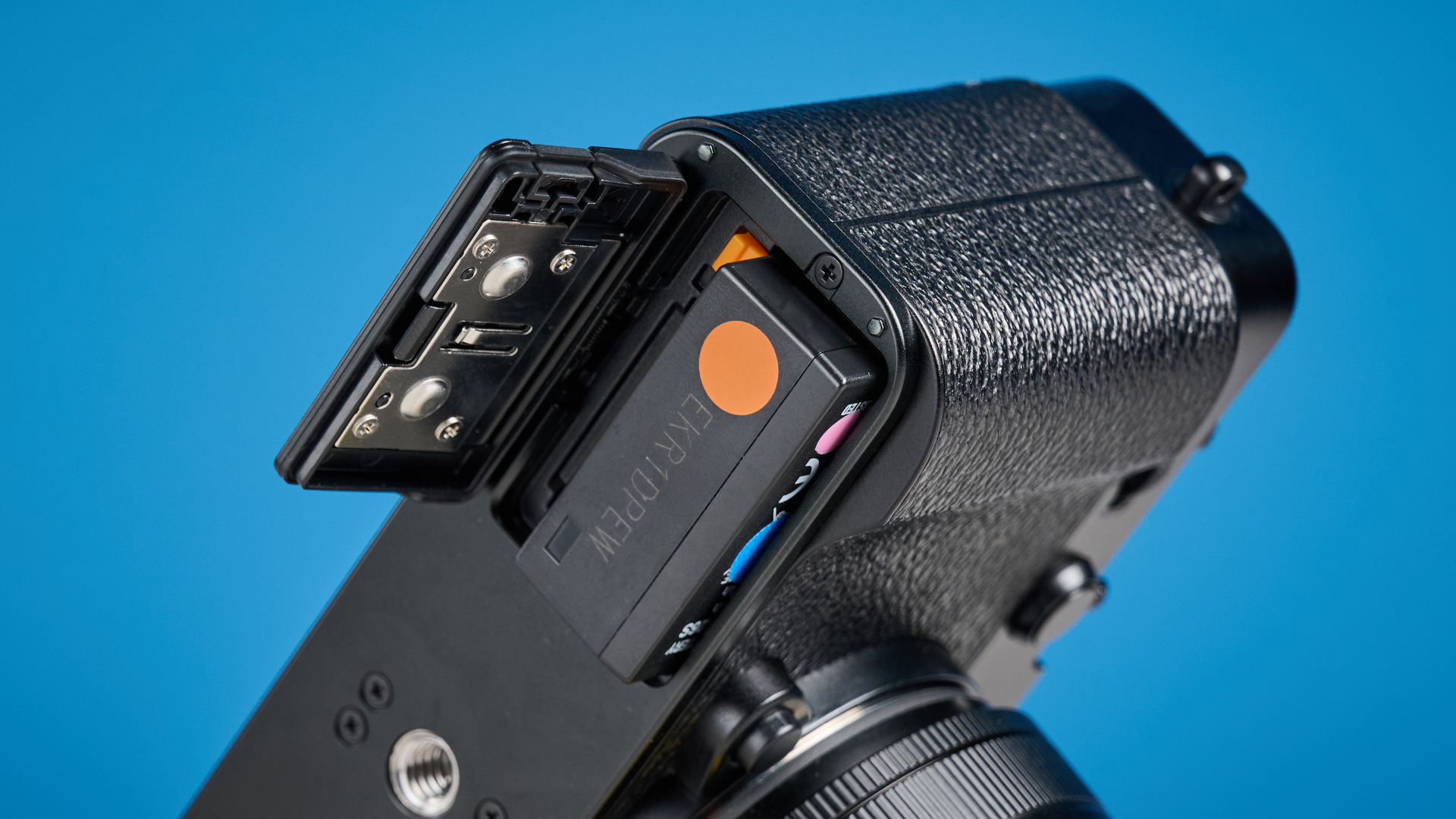
That’s quite a slump. I think battery life is paramount in a street camera, so I prefer the chunkier NP-W235 battery from the X-T5, although this requires extra housing space in the grip, which would’ve compromised the X-E5’s form factor.
CIPA testing is done under strict conditions that don’t totally reflect real world usage, however the Normal mode figures more or less bore true in testing. I was able to shoot around 250 combined stills and short 4K/60p video files before I was presented with a flashing battery icon. This also included operation of the camera, changing settings and using both the EVF and rear display on their brightest settings during bright sunlight — general usage. In short, it isn’t great, so pack a spare battery (luckily, NP-W126S batteries are cheap).
Fujifilm X-E5 review: Verdict
The Fujifilm X-E5 is a blend of evolution and devolution from the X-E4. Fuji had to do something to the X-E4: it couldn’t just rerelease the same camera. Fitting the X-E5 with the latest autofocusing algos and sensor tech — not to mention IBIS — results in a highly competent camera at its core, and a strong evolution of the lineup. And of course, there’s still the compact form factor, tactile handing and retro styling to live up to the spirit of the X-E line.
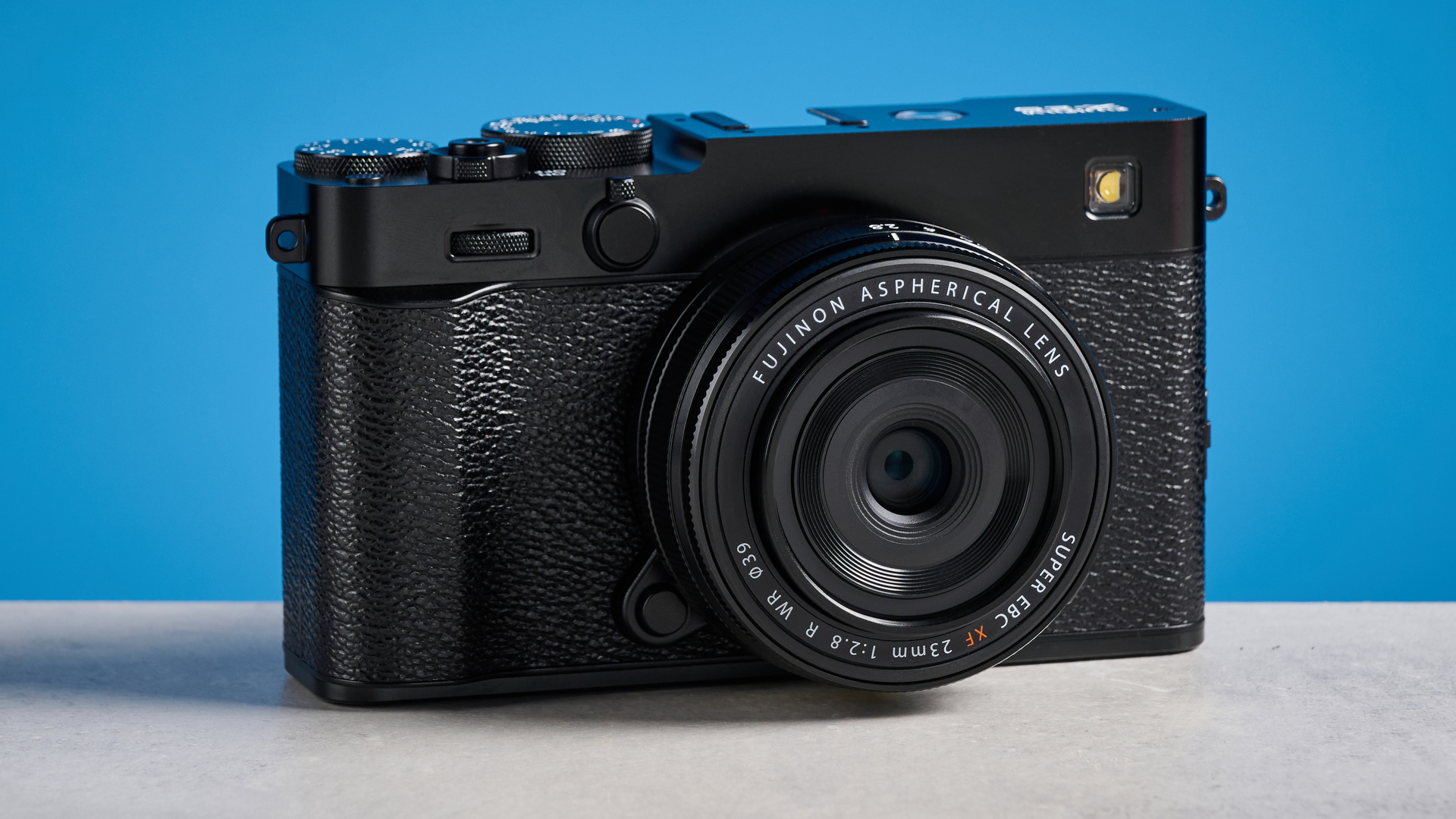
There’s a little too much devolution here, though, for me to bestow our 4.5-star rating and Editor’s Choice award, and a lot of that comes down to price. $1,699 is, frankly, a crazy price, and is simply unwarranted. The X-E5 is a step backwards in certain areas, including its rear display and battery life, and for this much money, I expected the hybrid OVF/EVF from the X100VI.
As I said, the X-E5 is a brilliant little camera at its core. It’ll make a phenomenal street and documentary camera and I would definitely recommend it if you’re willing to splash a bucket load of cash. However, the only way I could recommend the X-E5 over the cheaper X-T50 and similarly-priced X-T5 (both 4.5* cameras) would be if it were priced sensibly, which it isn’t.

Peter is a Senior Editor at Tom's Guide, heading up the site's Reviews team and Cameras section. As a writer, he covers topics including tech, photography, gaming, hardware, motoring and food & drink. Outside of work, he's an avid photographer, specialising in architectural and portrait photography. When he's not snapping away on his beloved Fujifilm camera, he can usually be found telling everyone about his greyhounds, riding his motorcycle, squeezing as many FPS as possible out of PC games, and perfecting his espresso shots.
You must confirm your public display name before commenting
Please logout and then login again, you will then be prompted to enter your display name.


